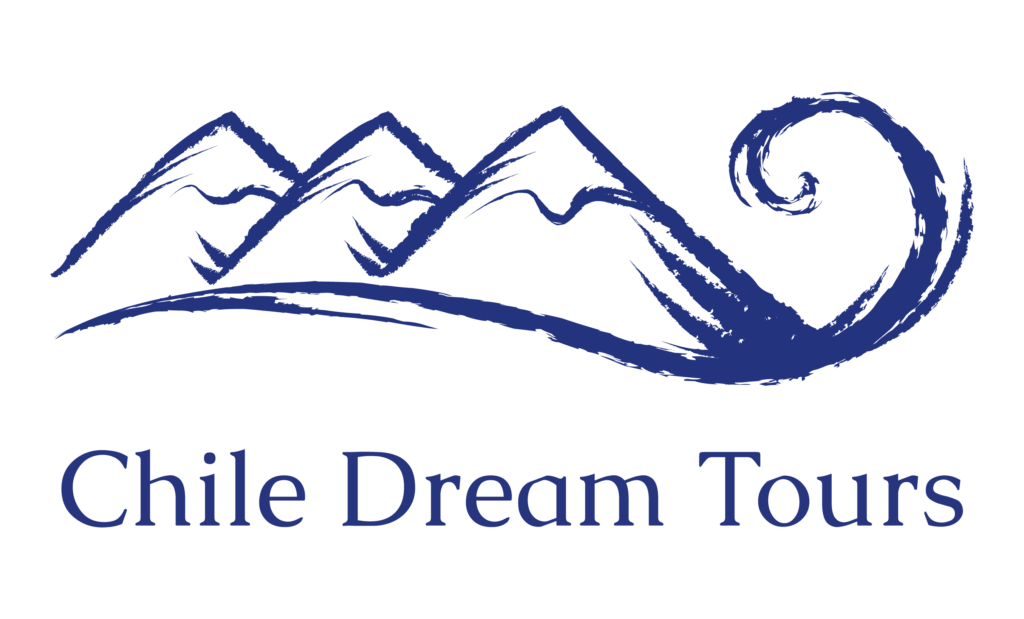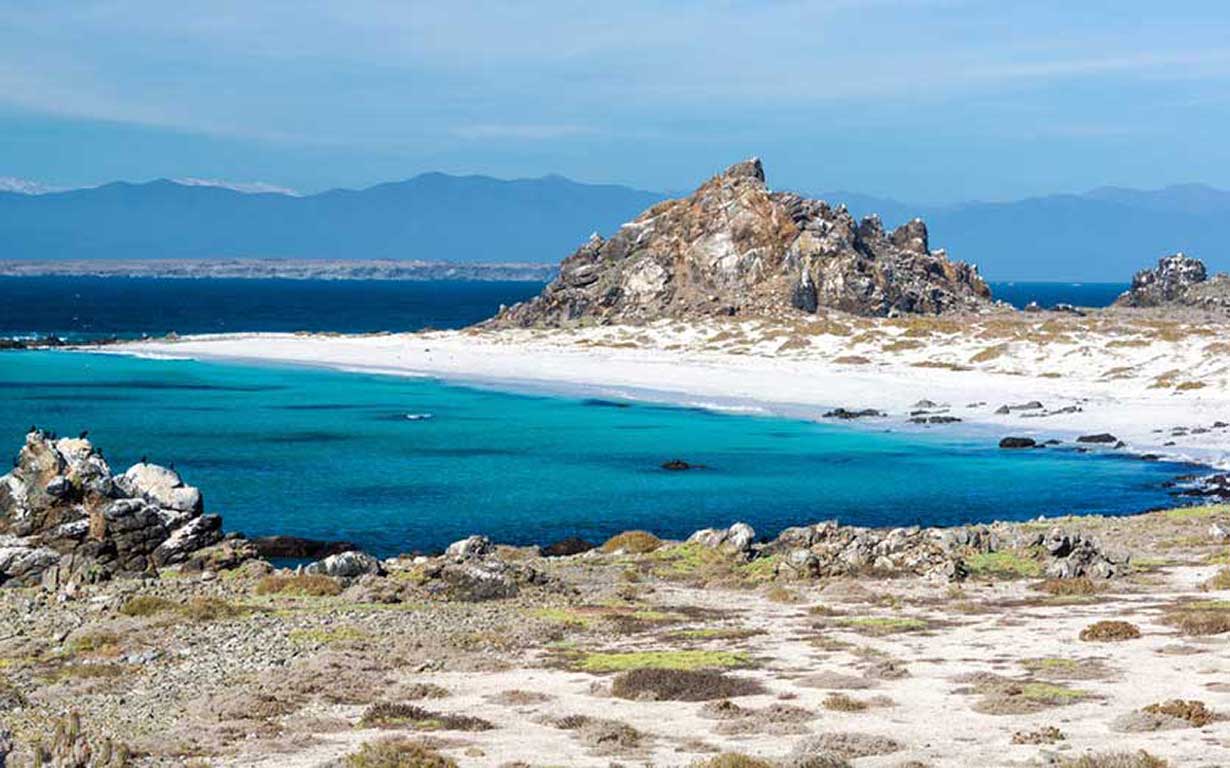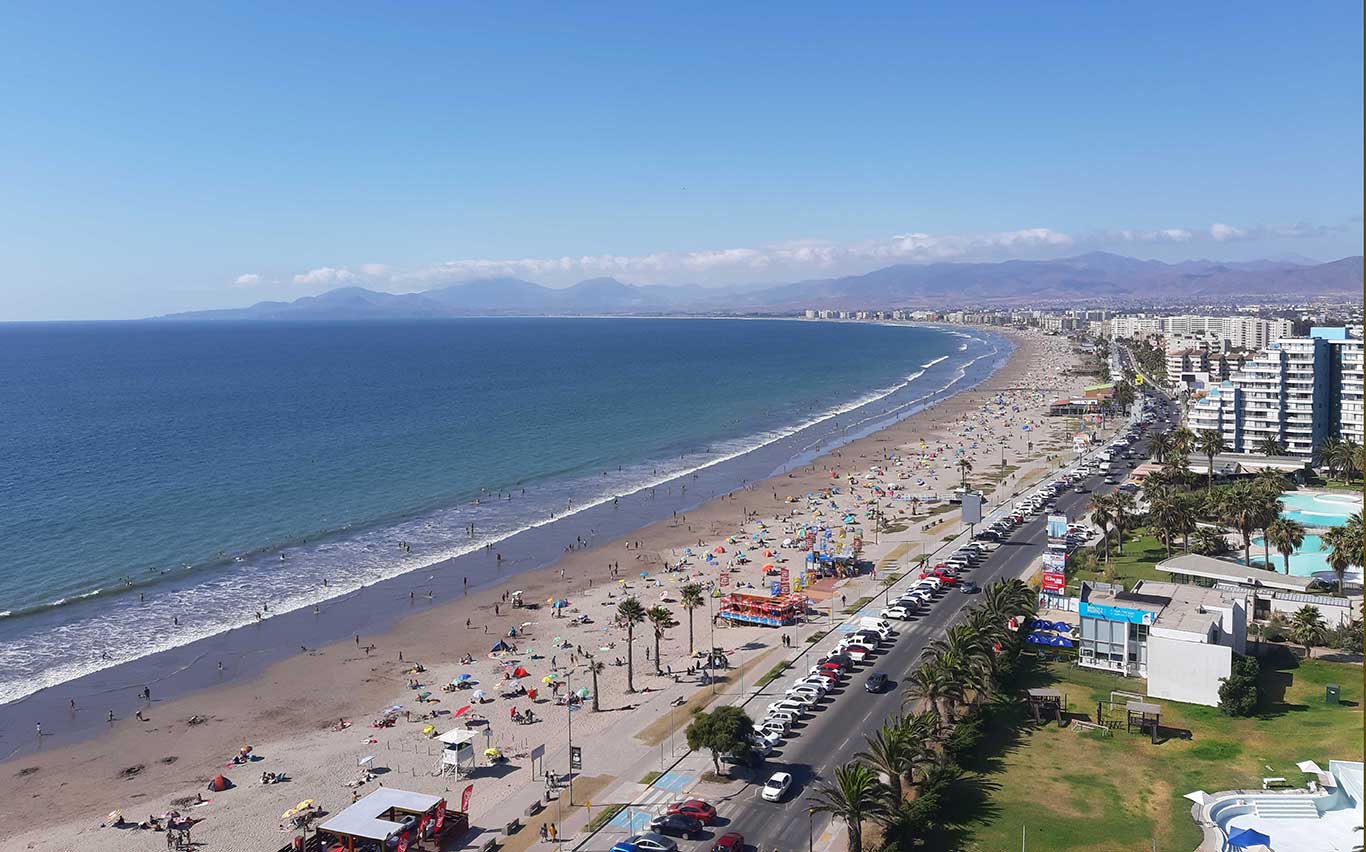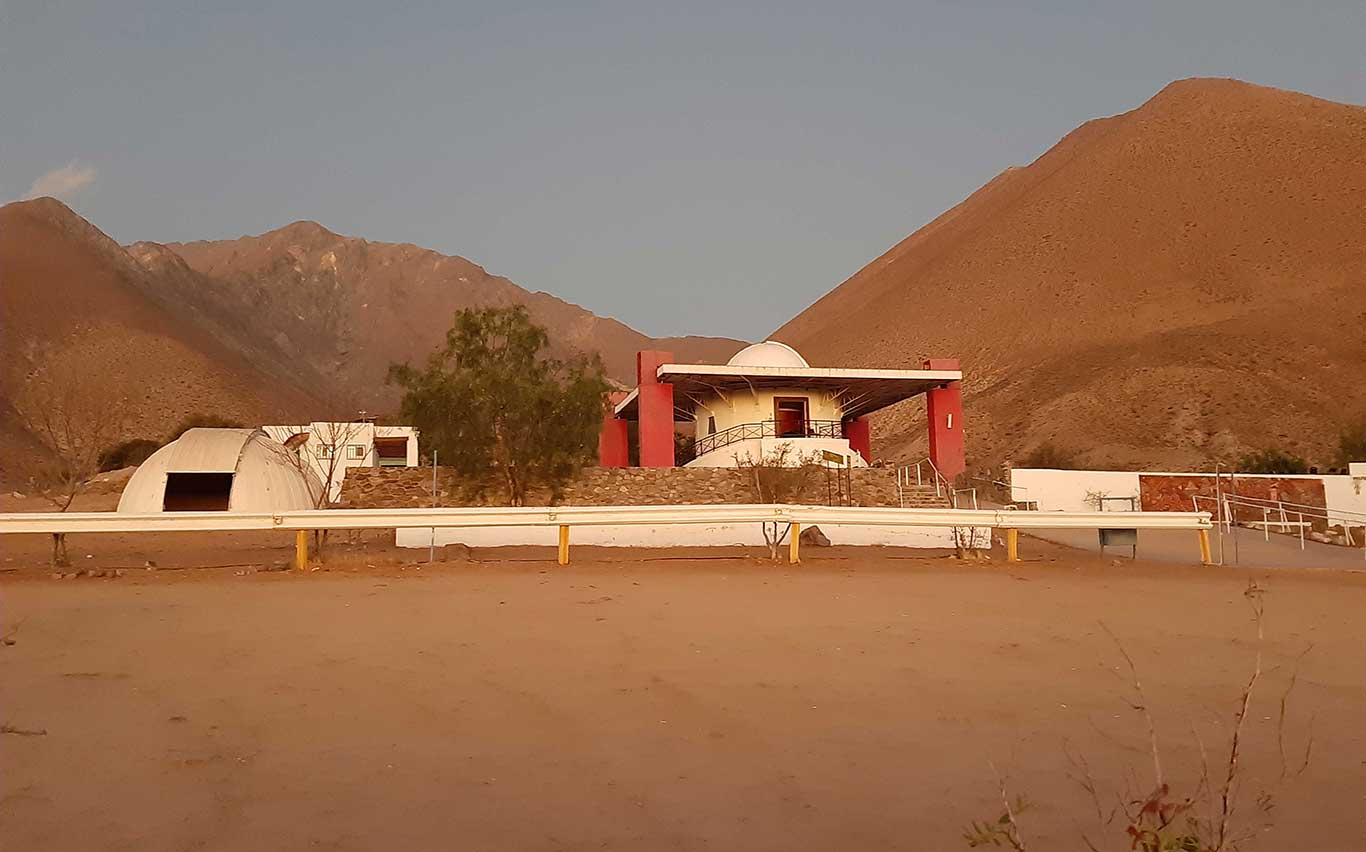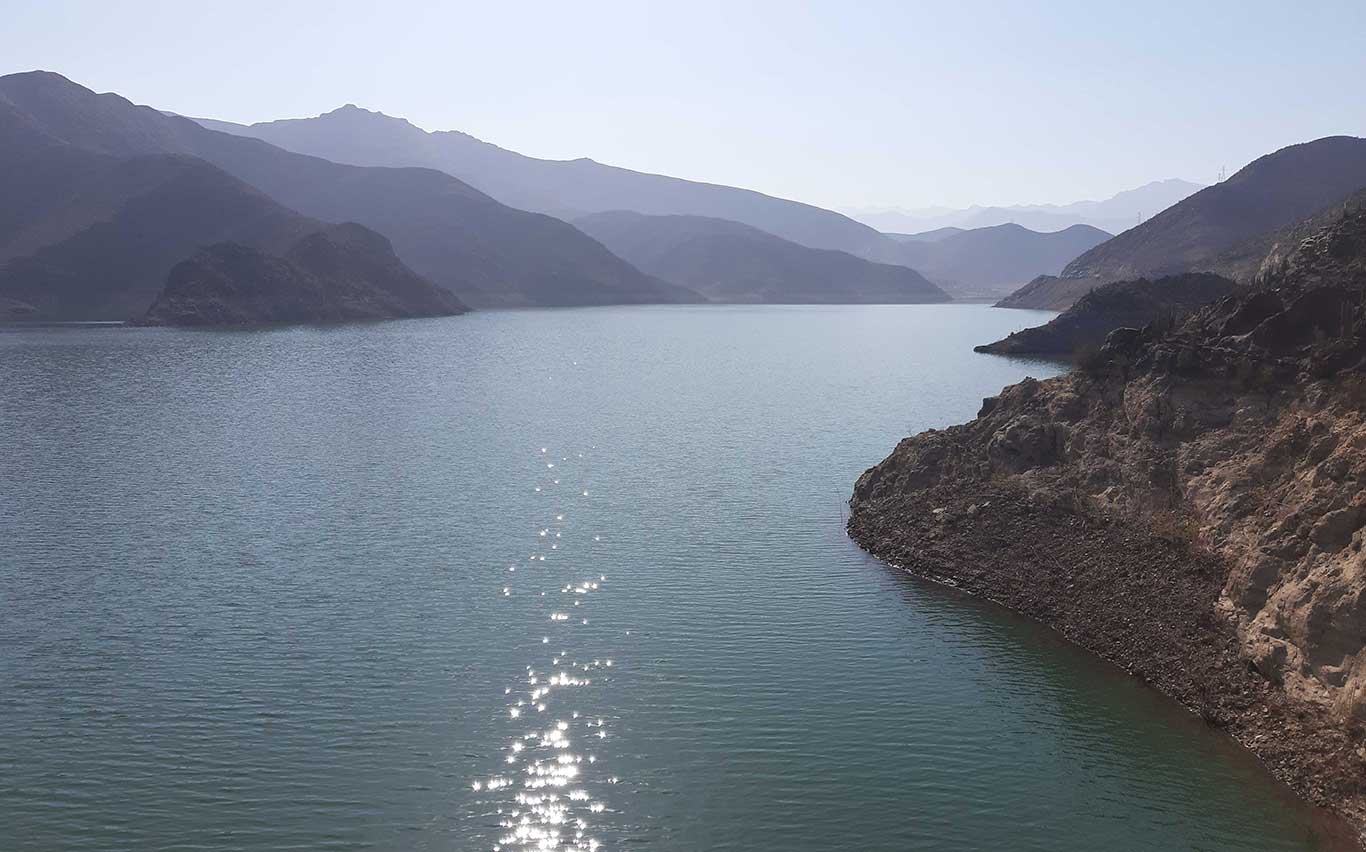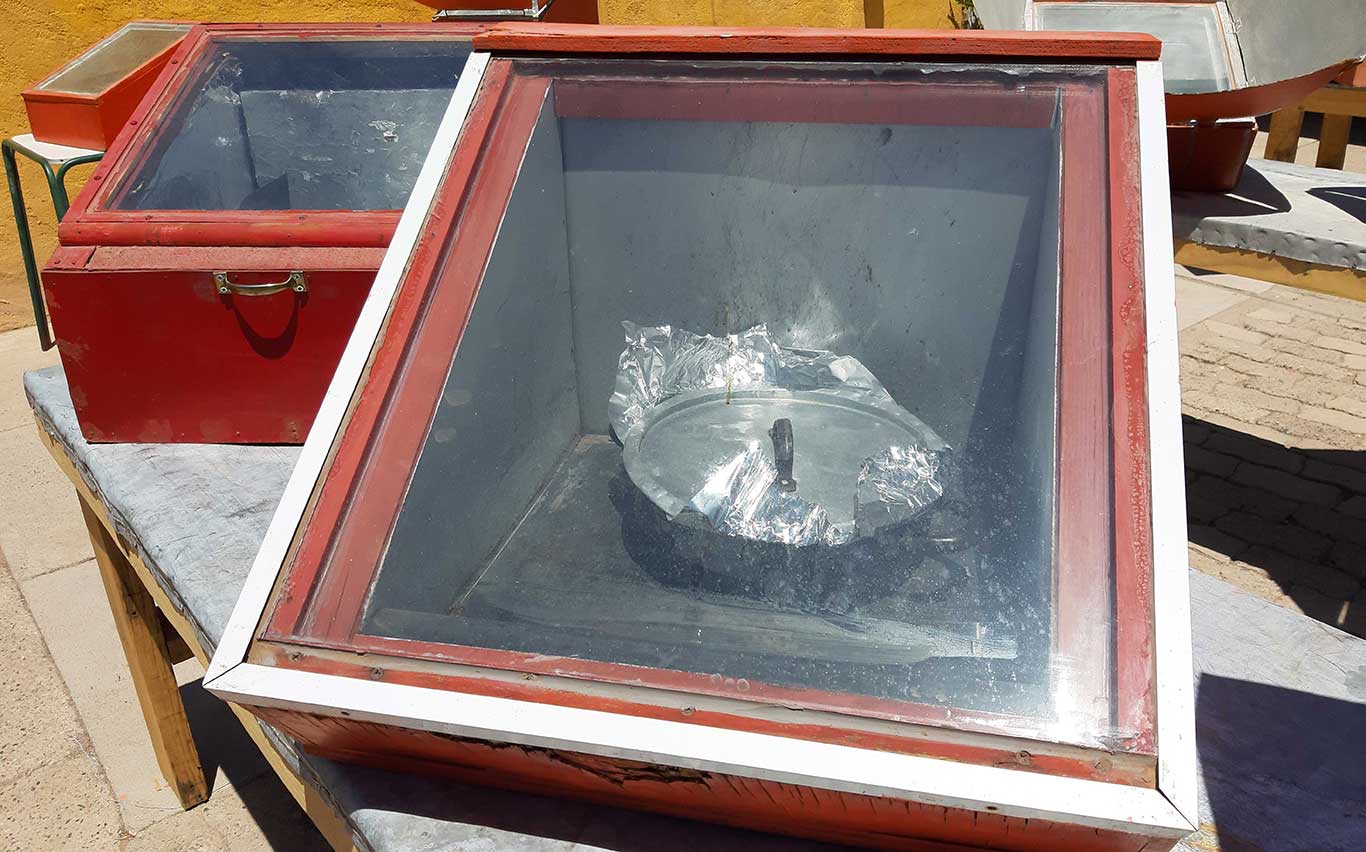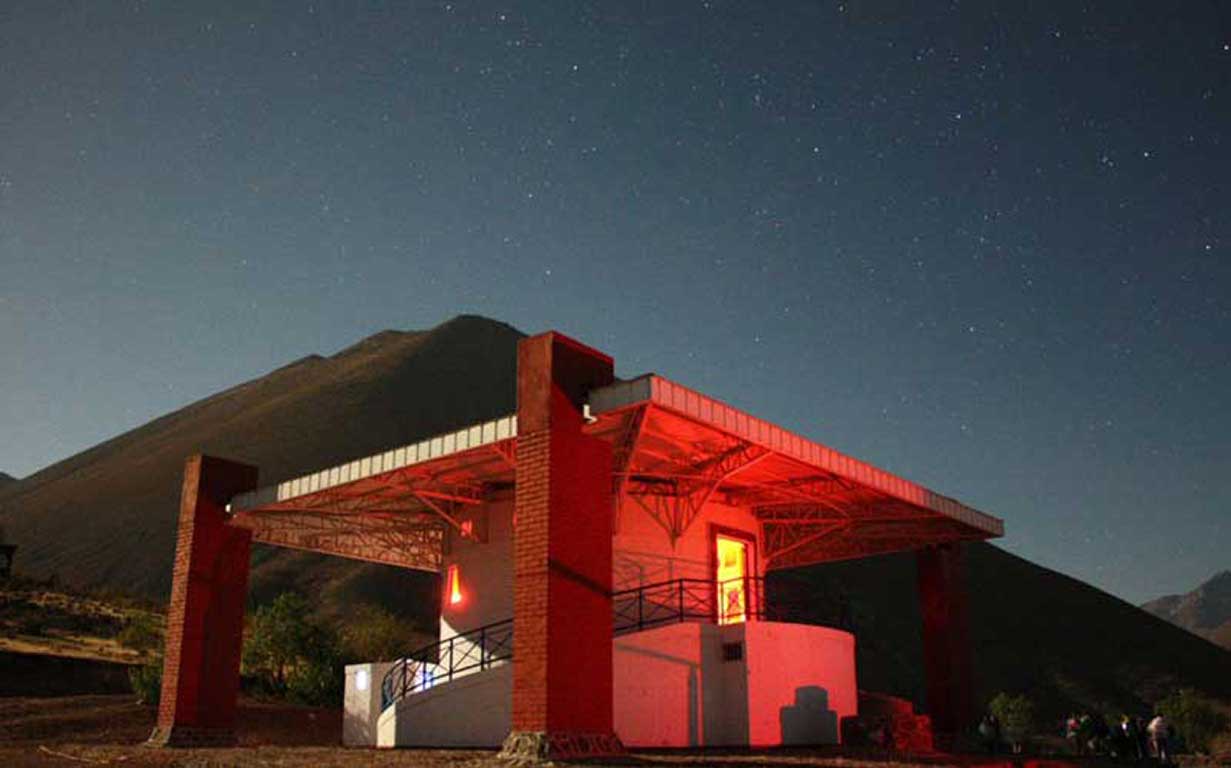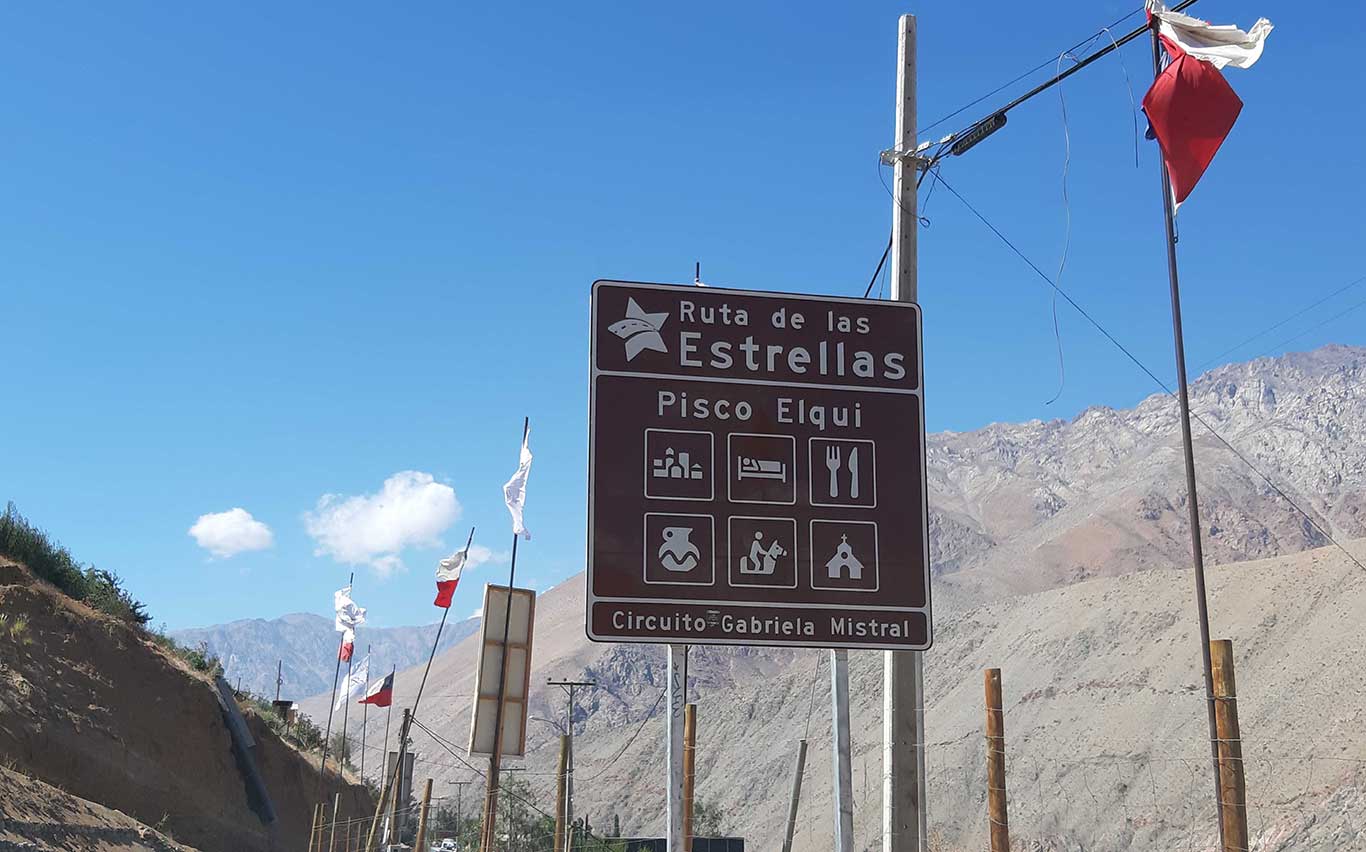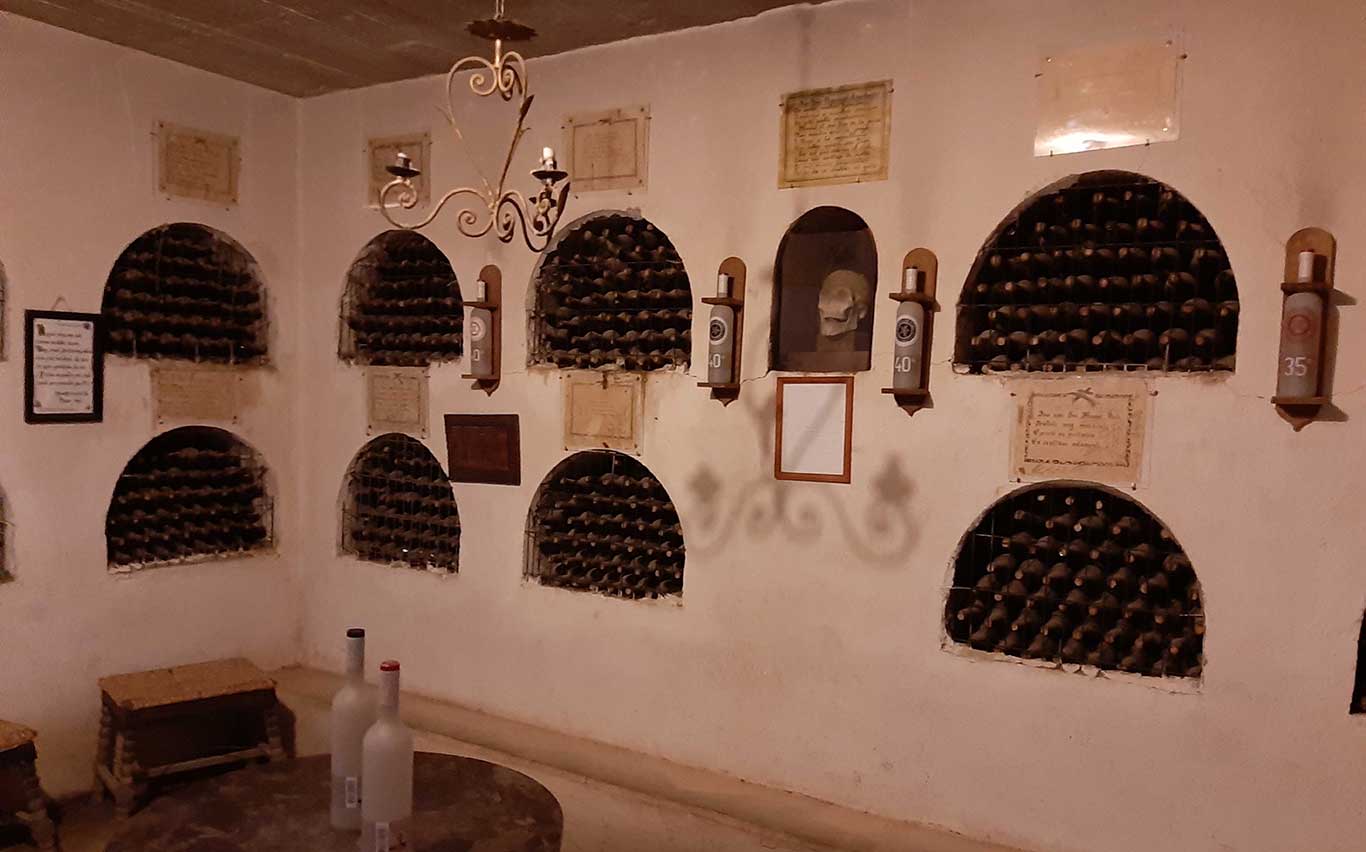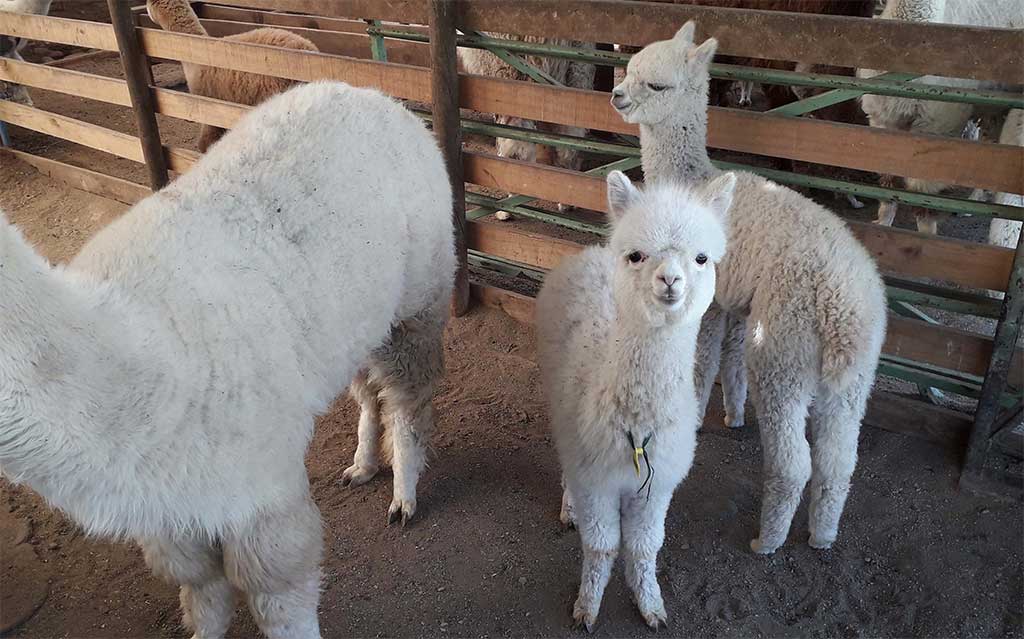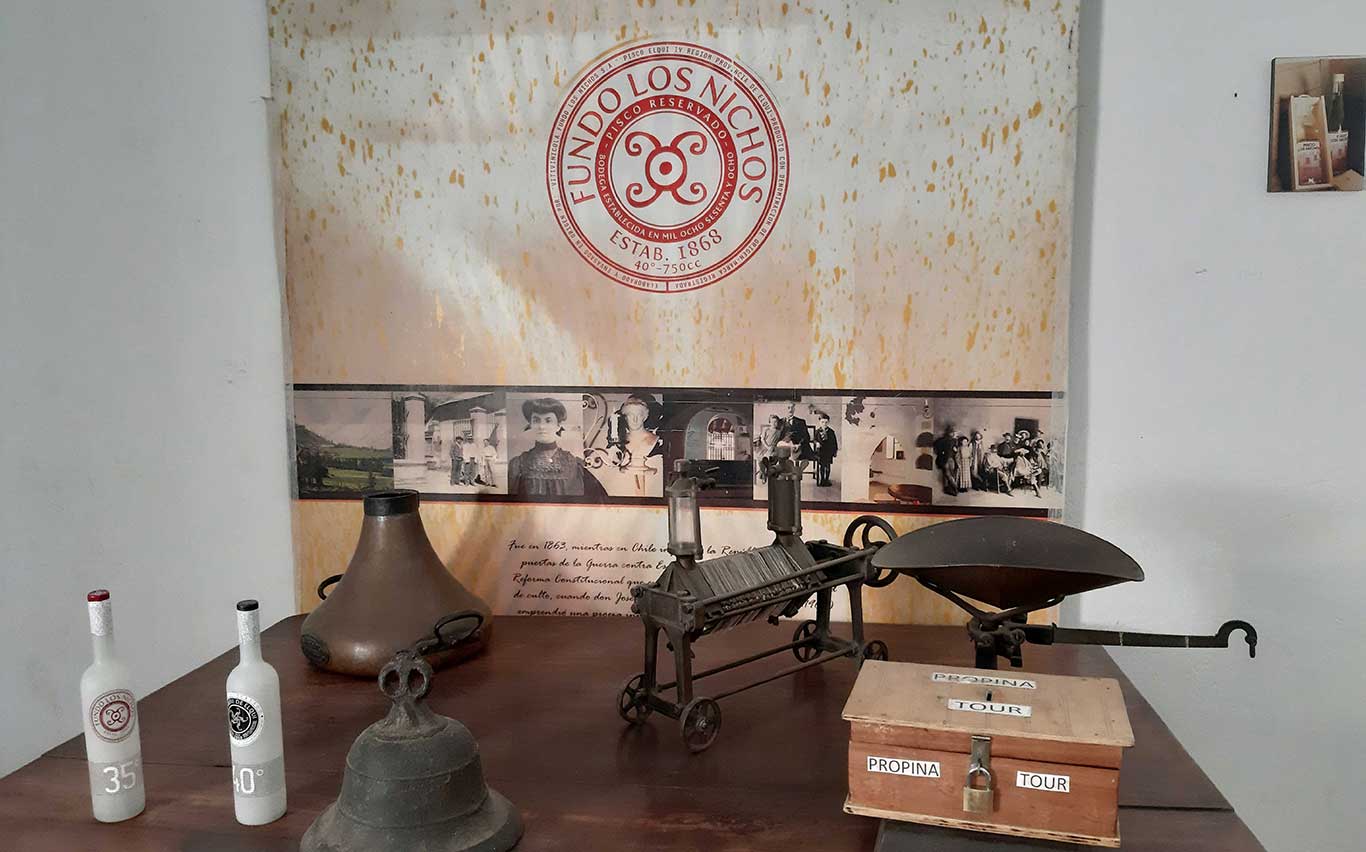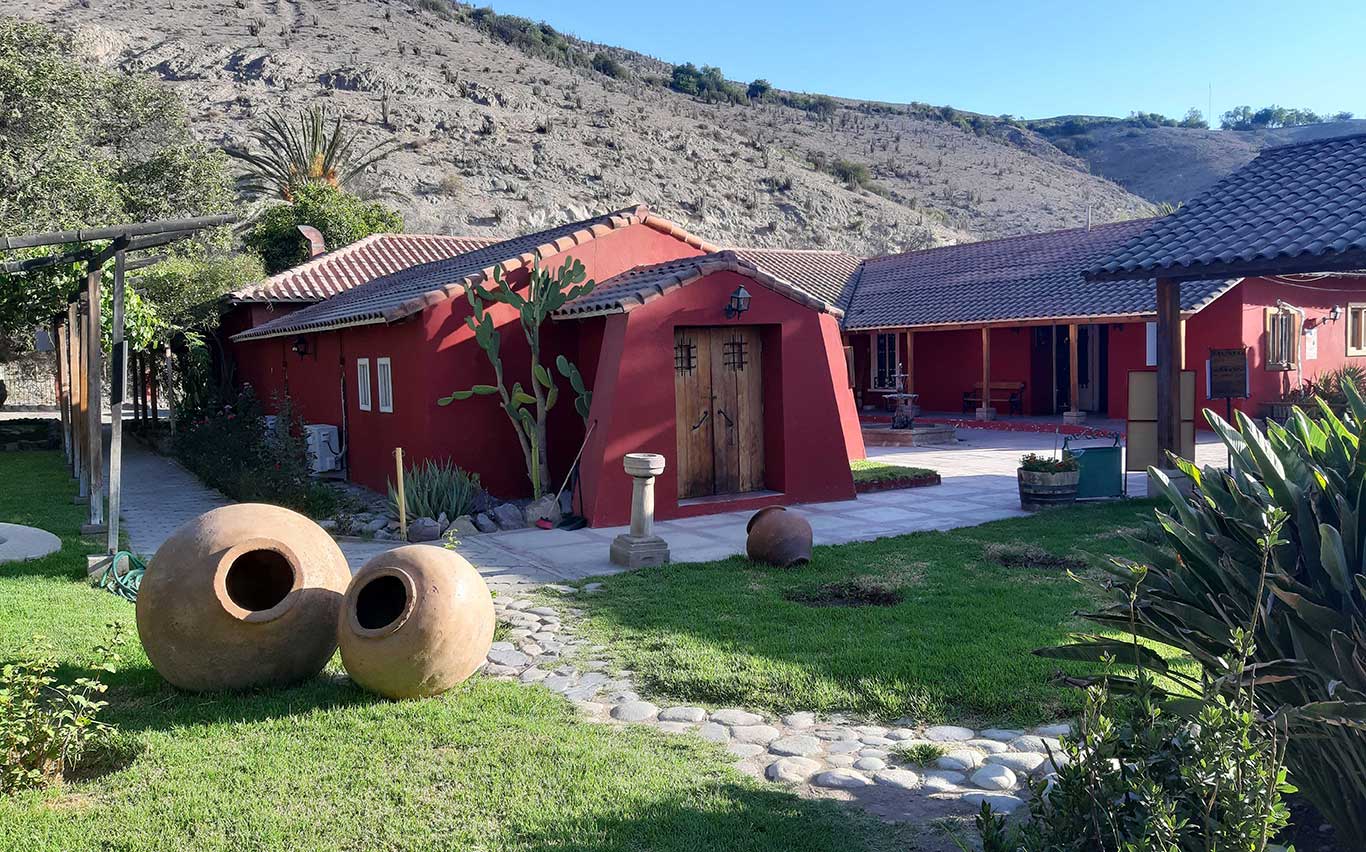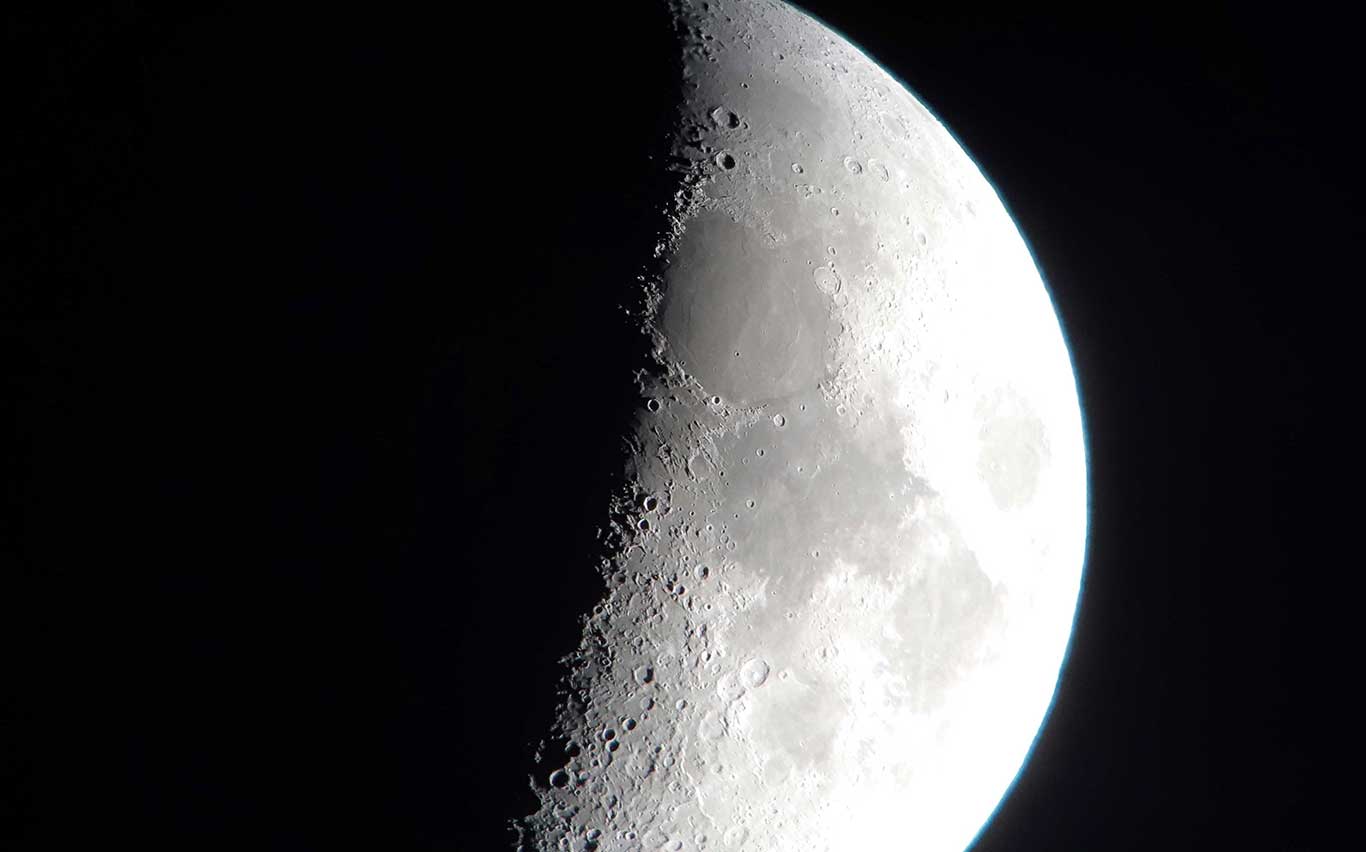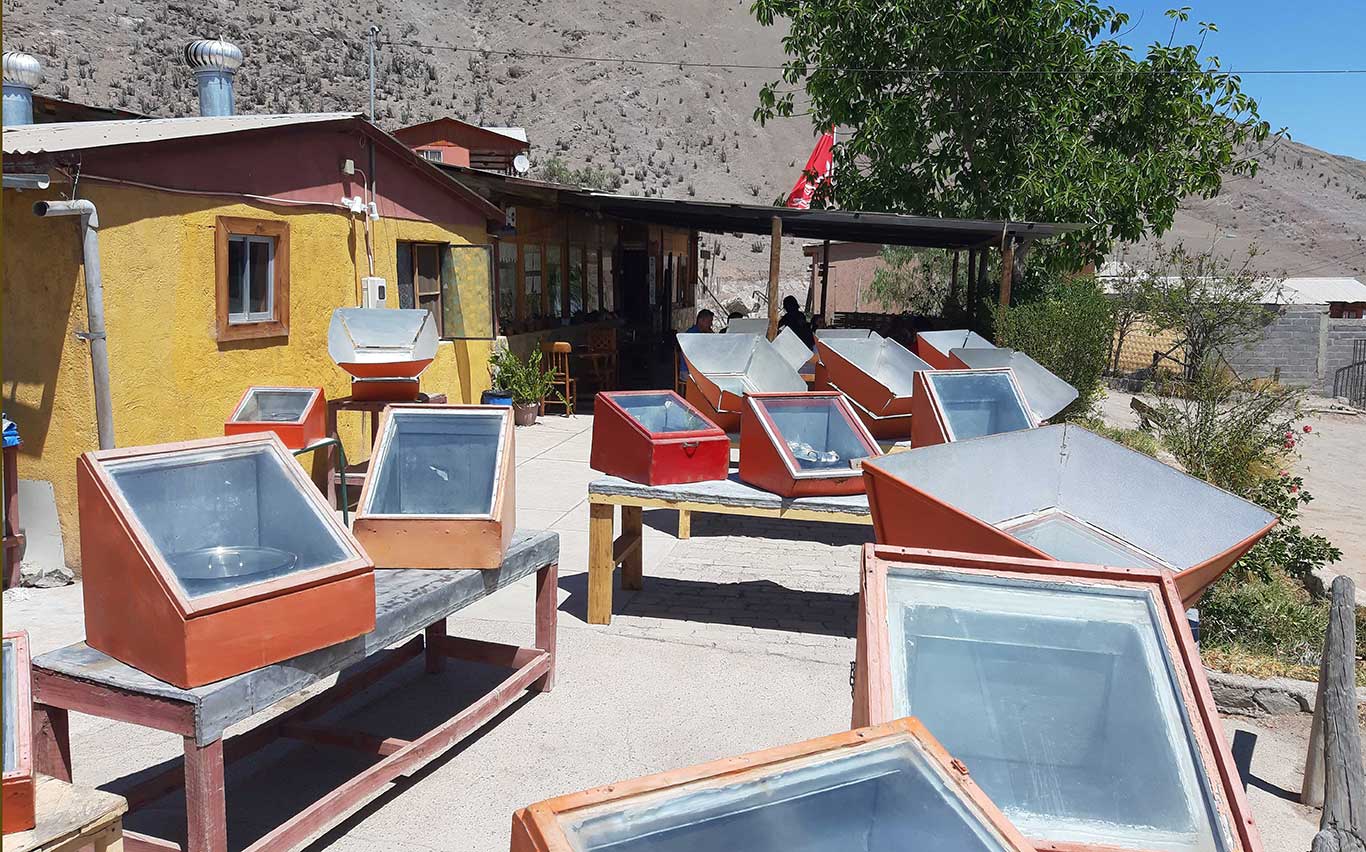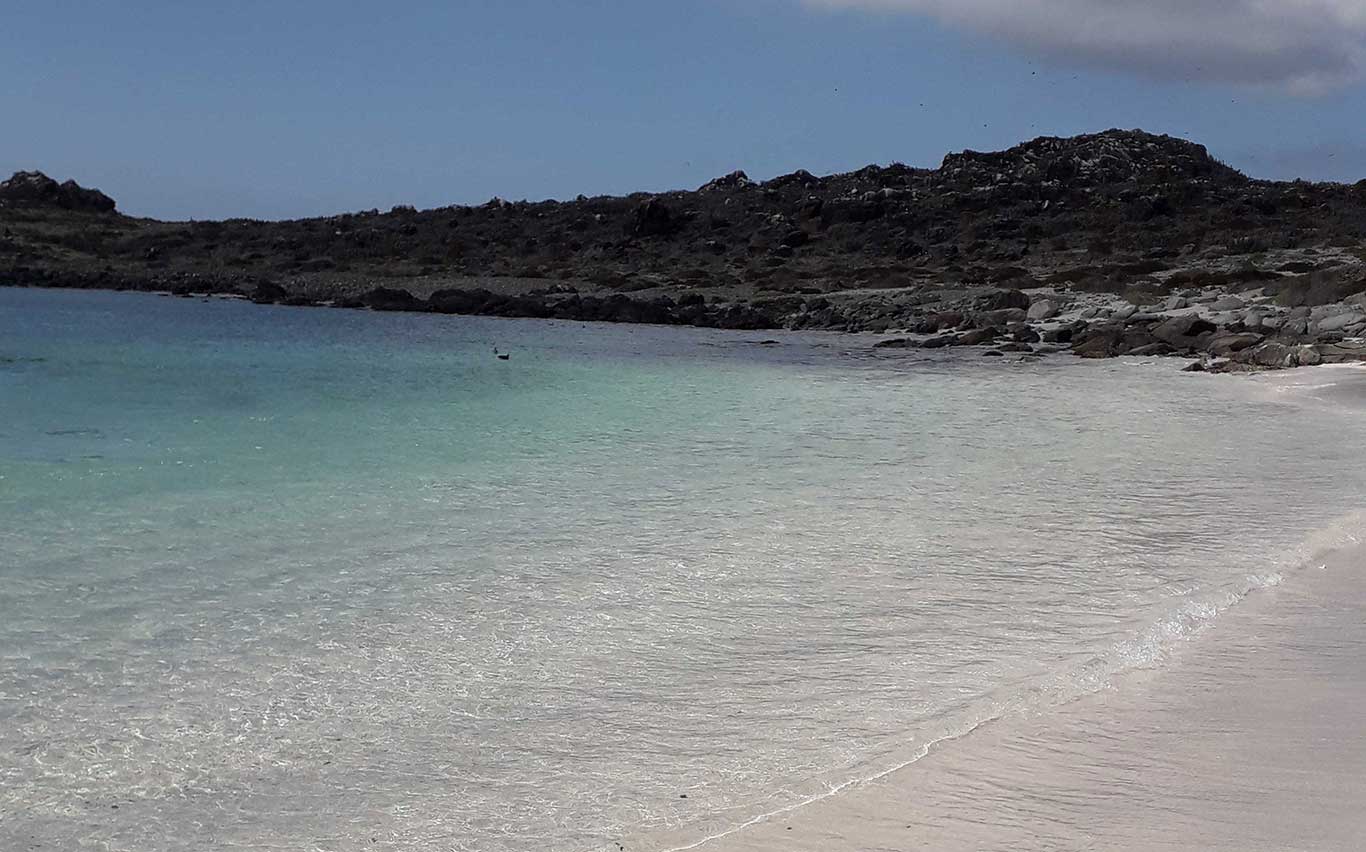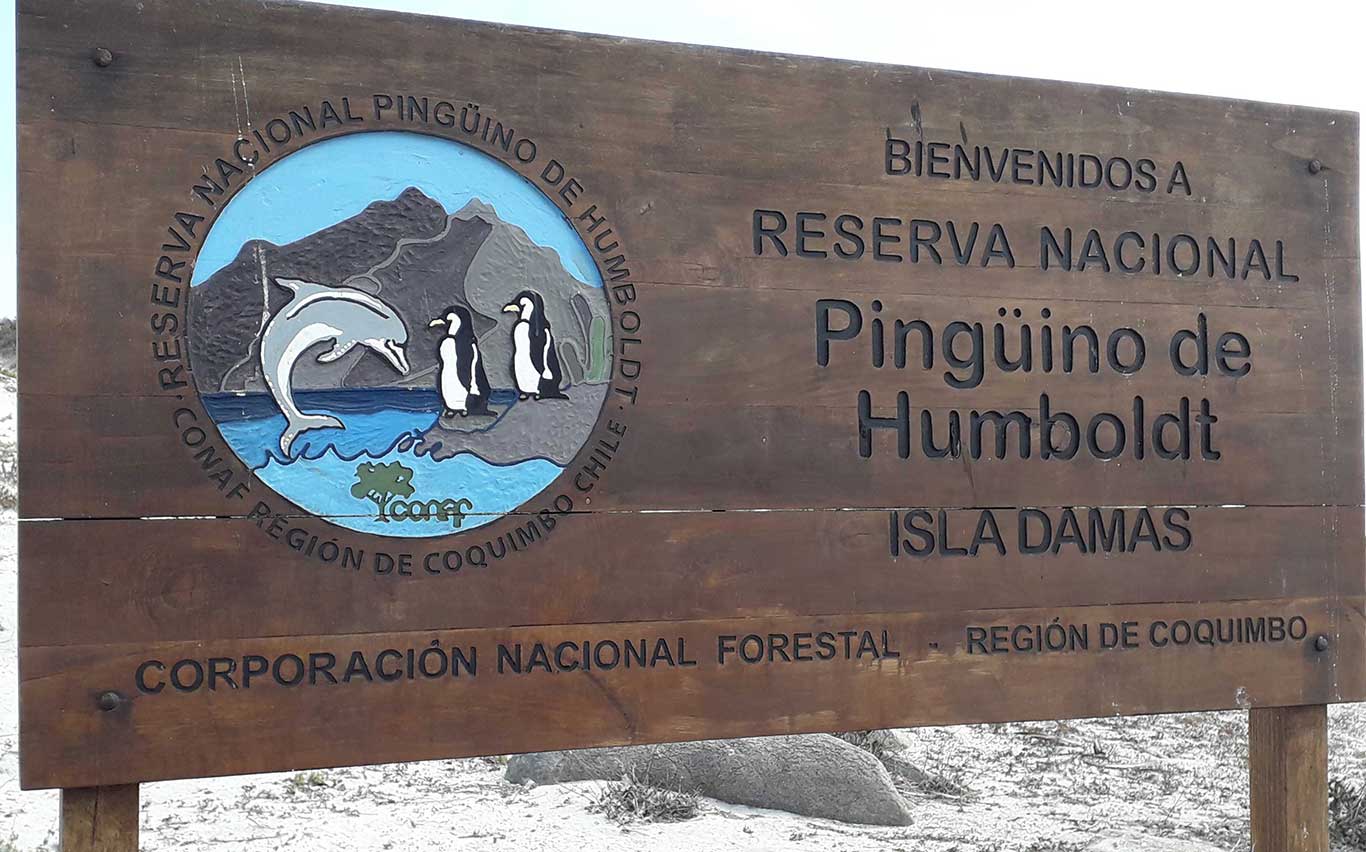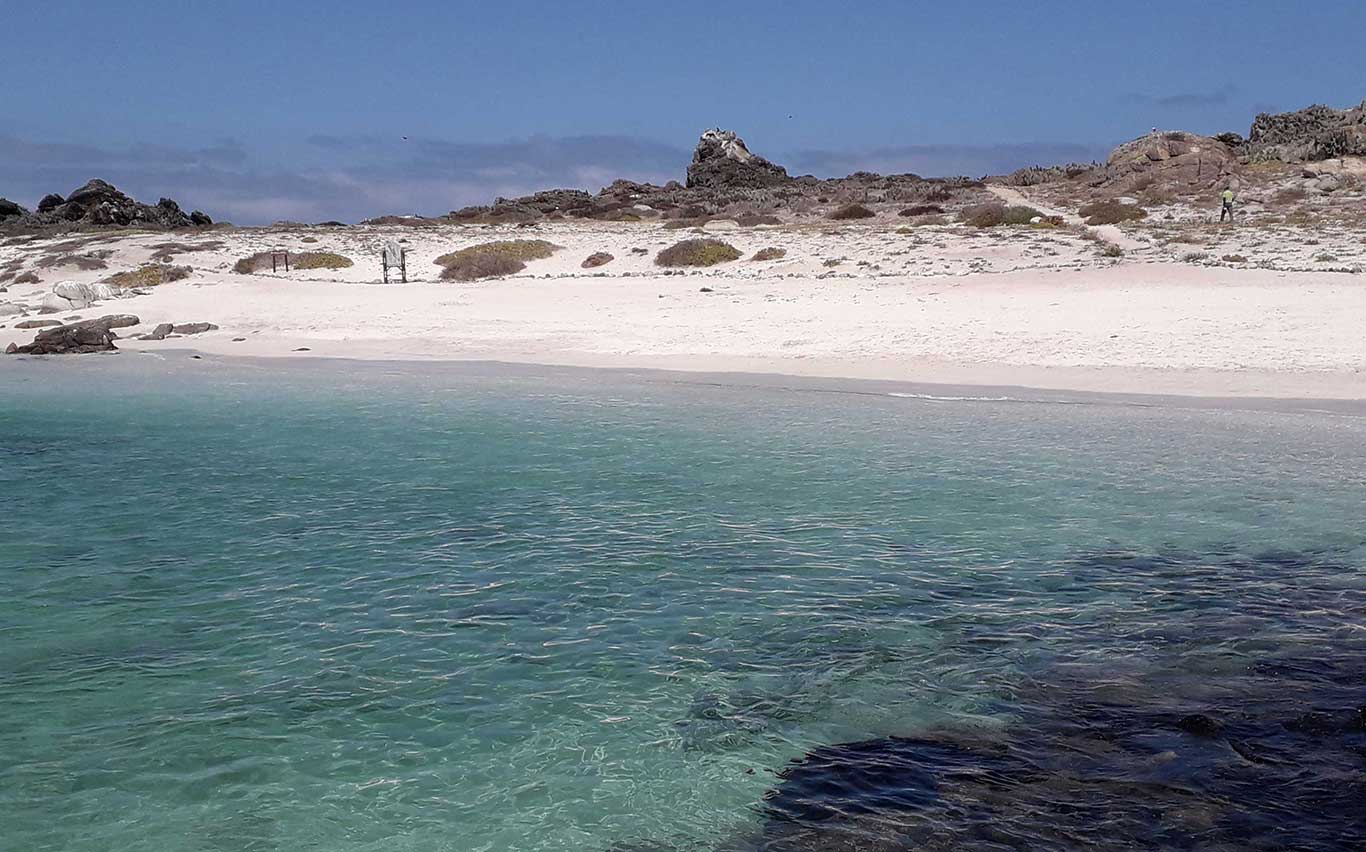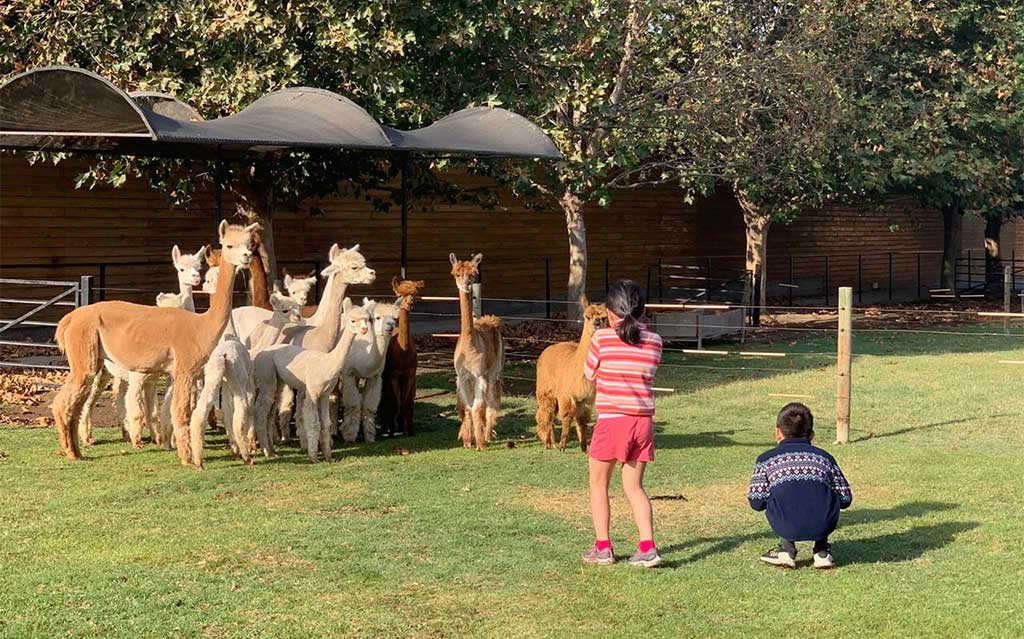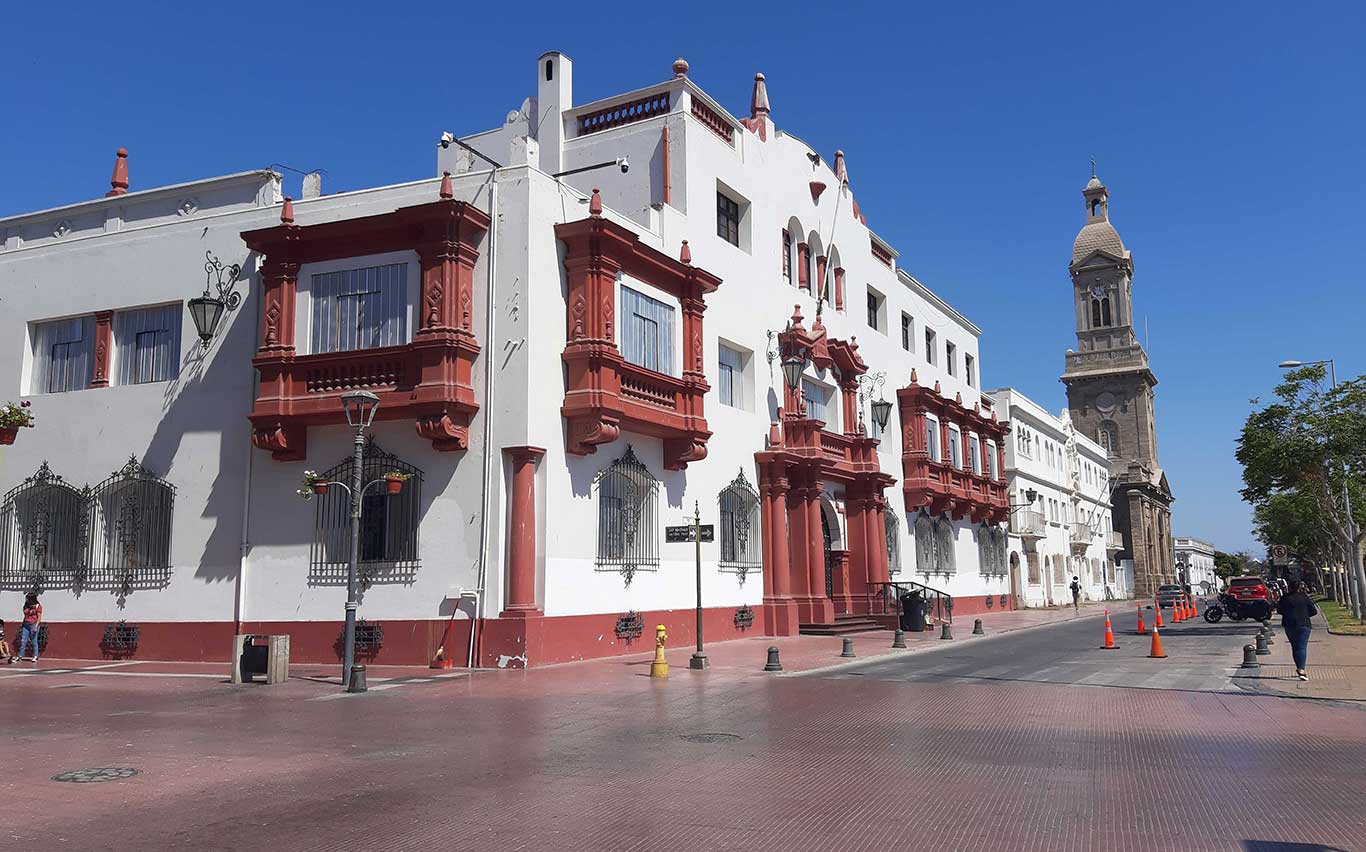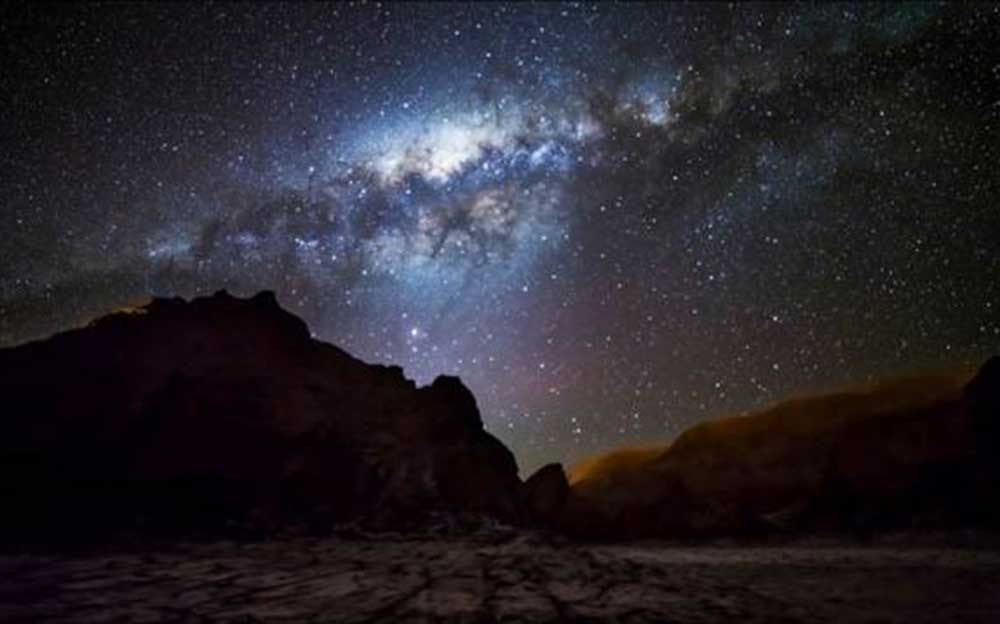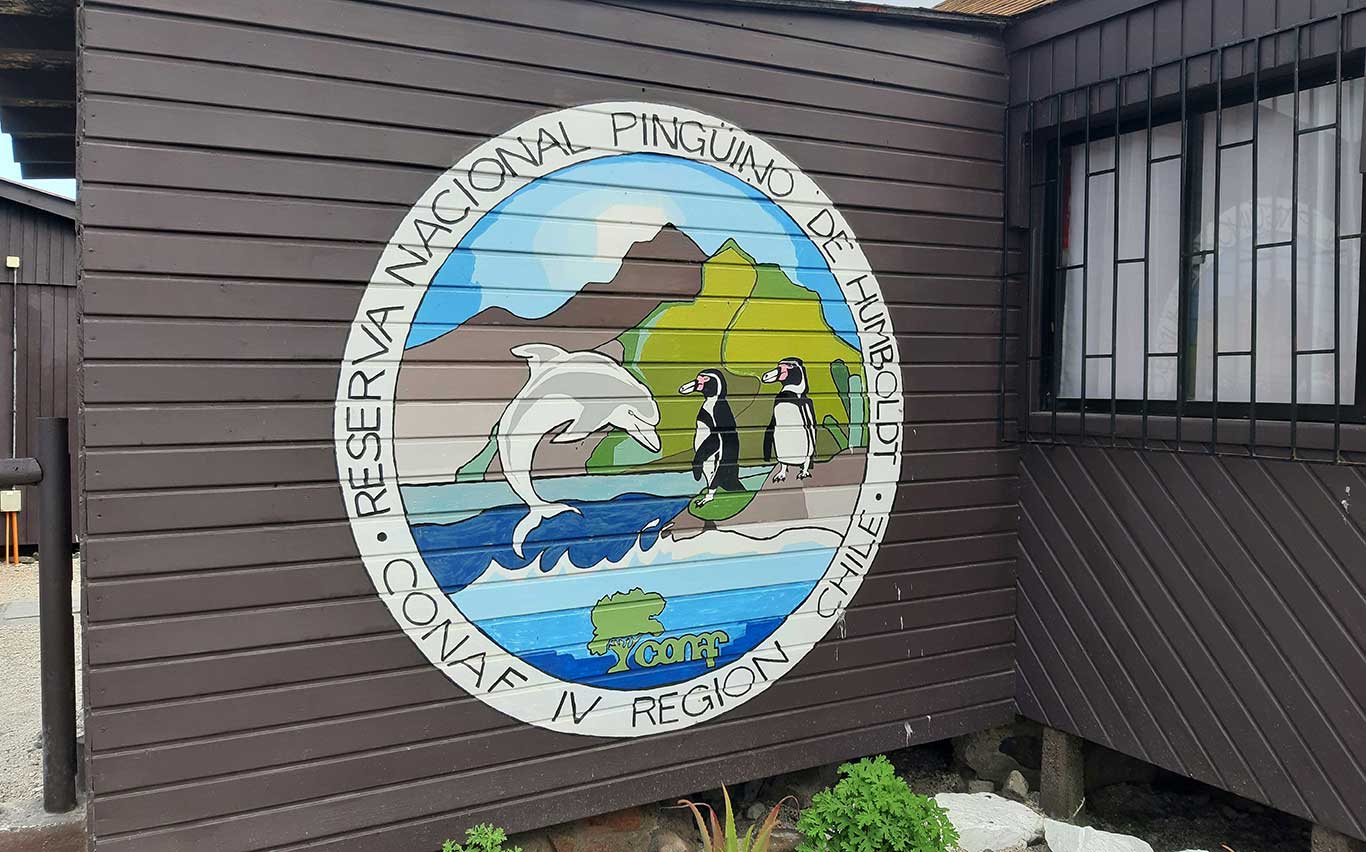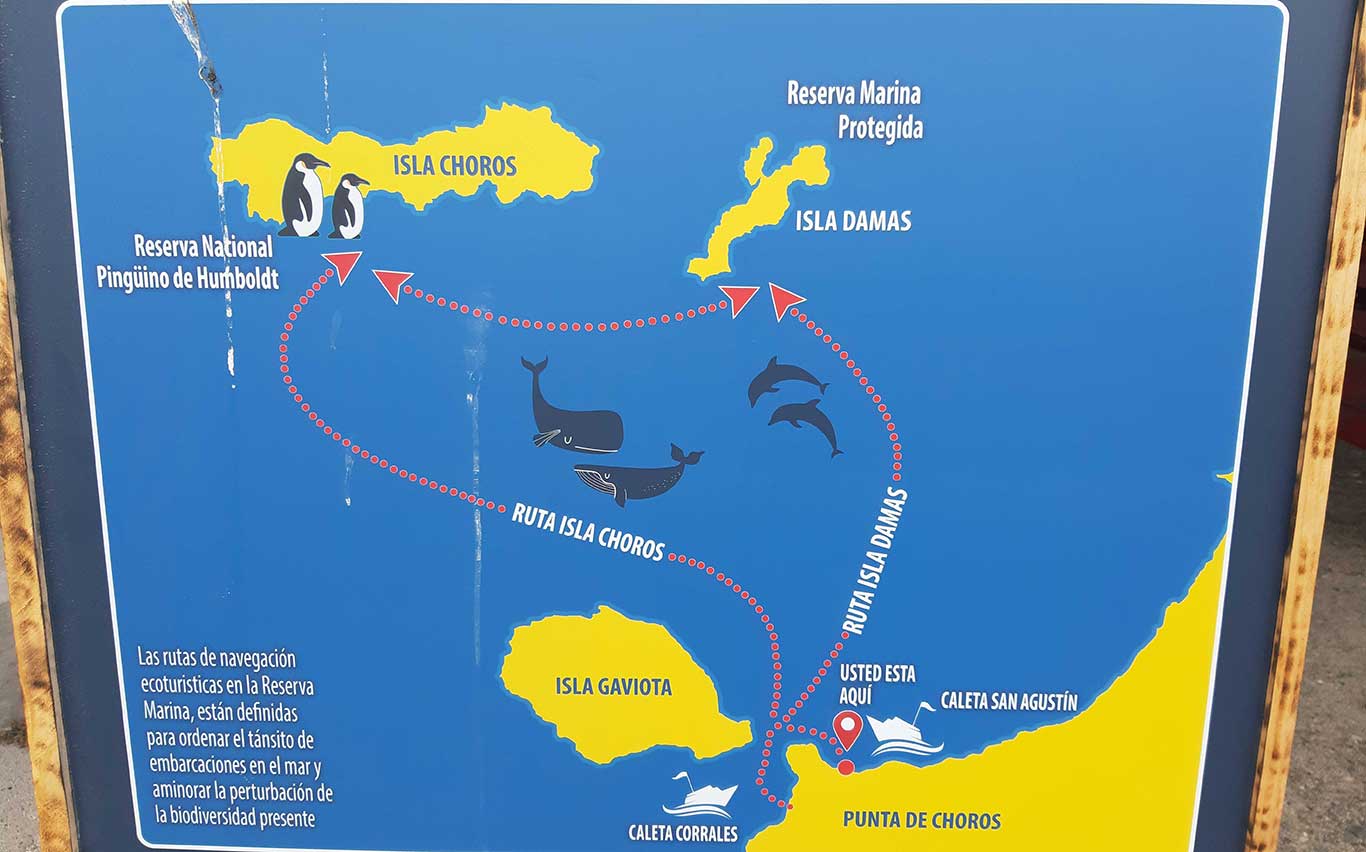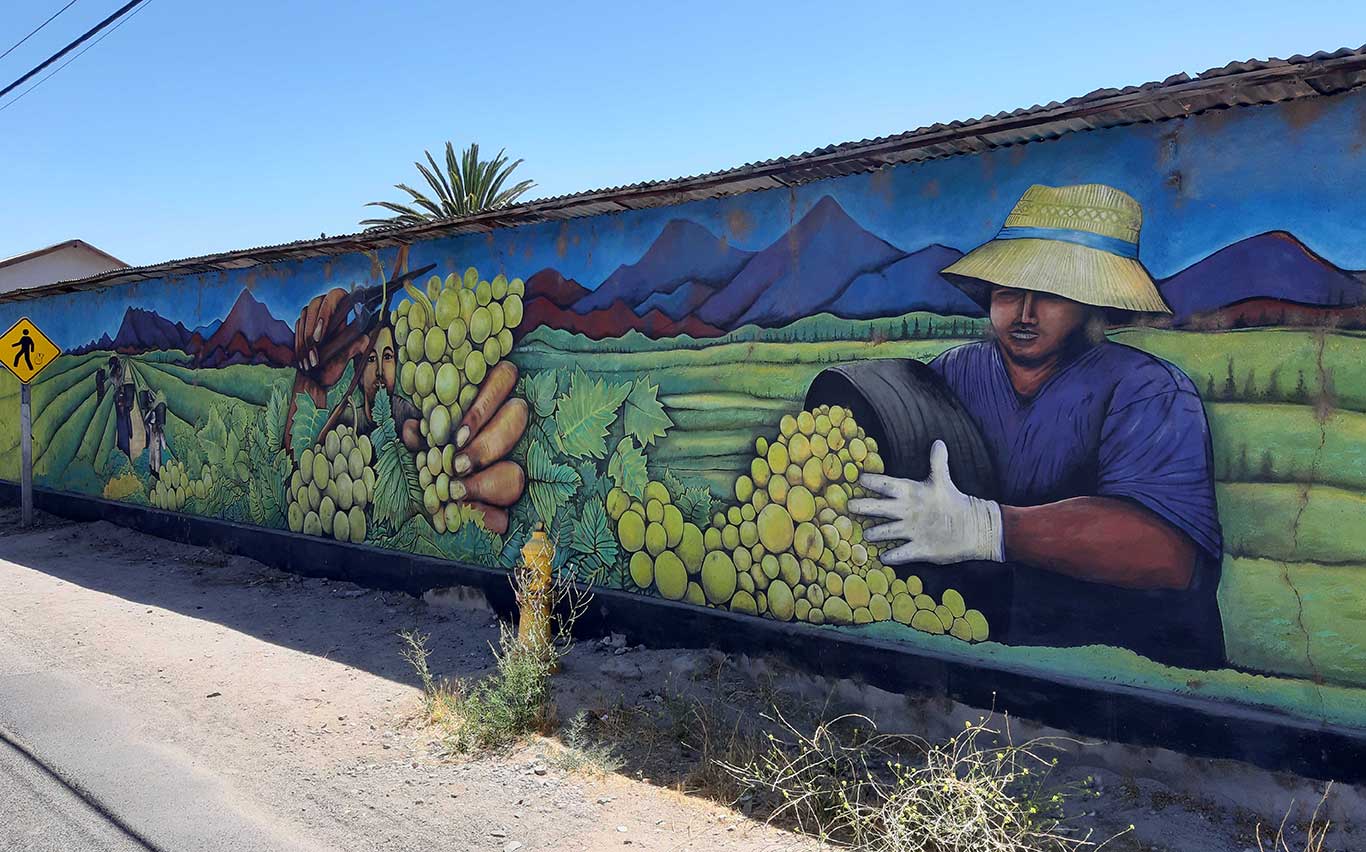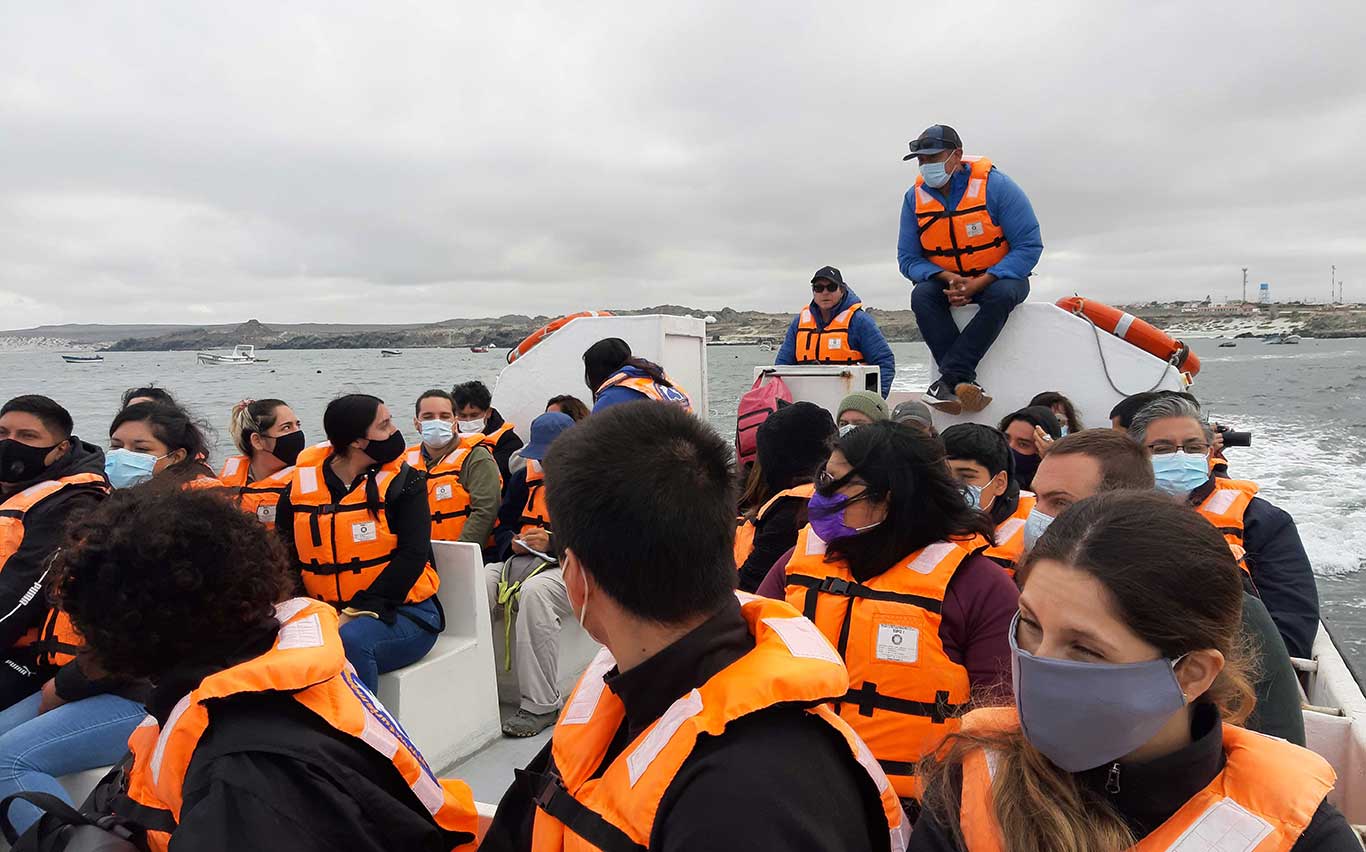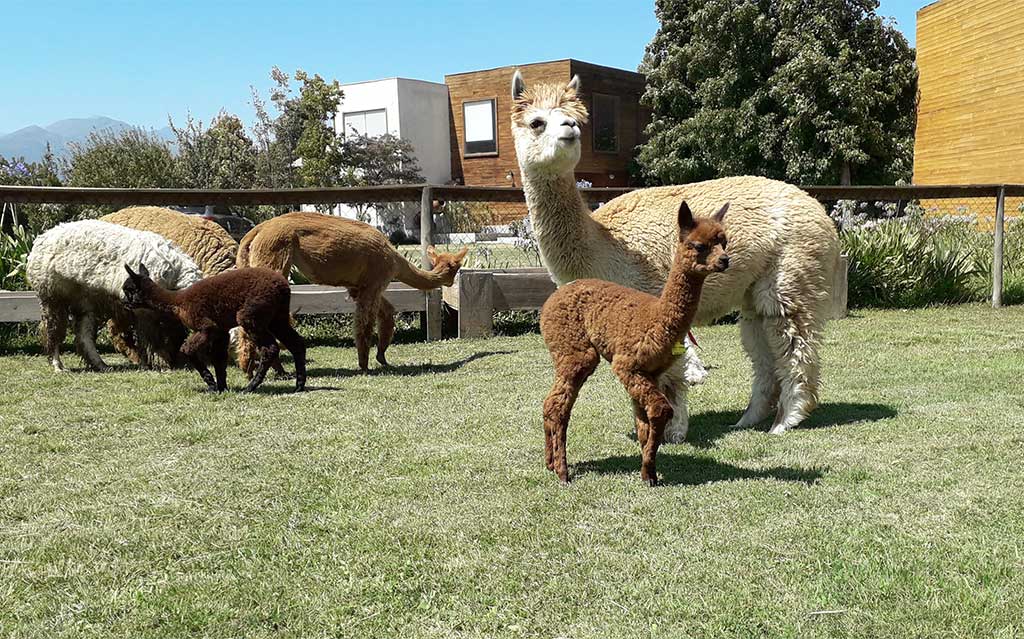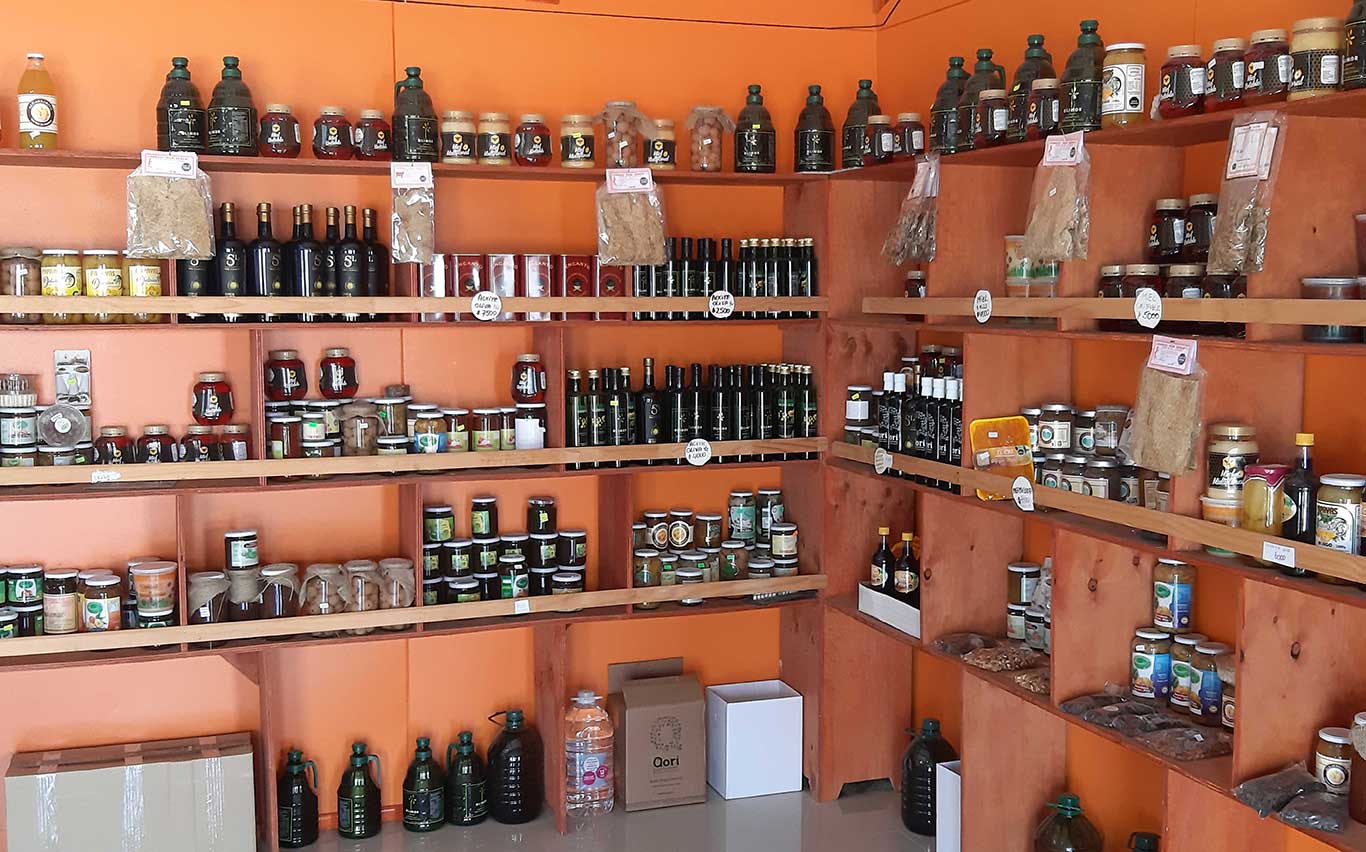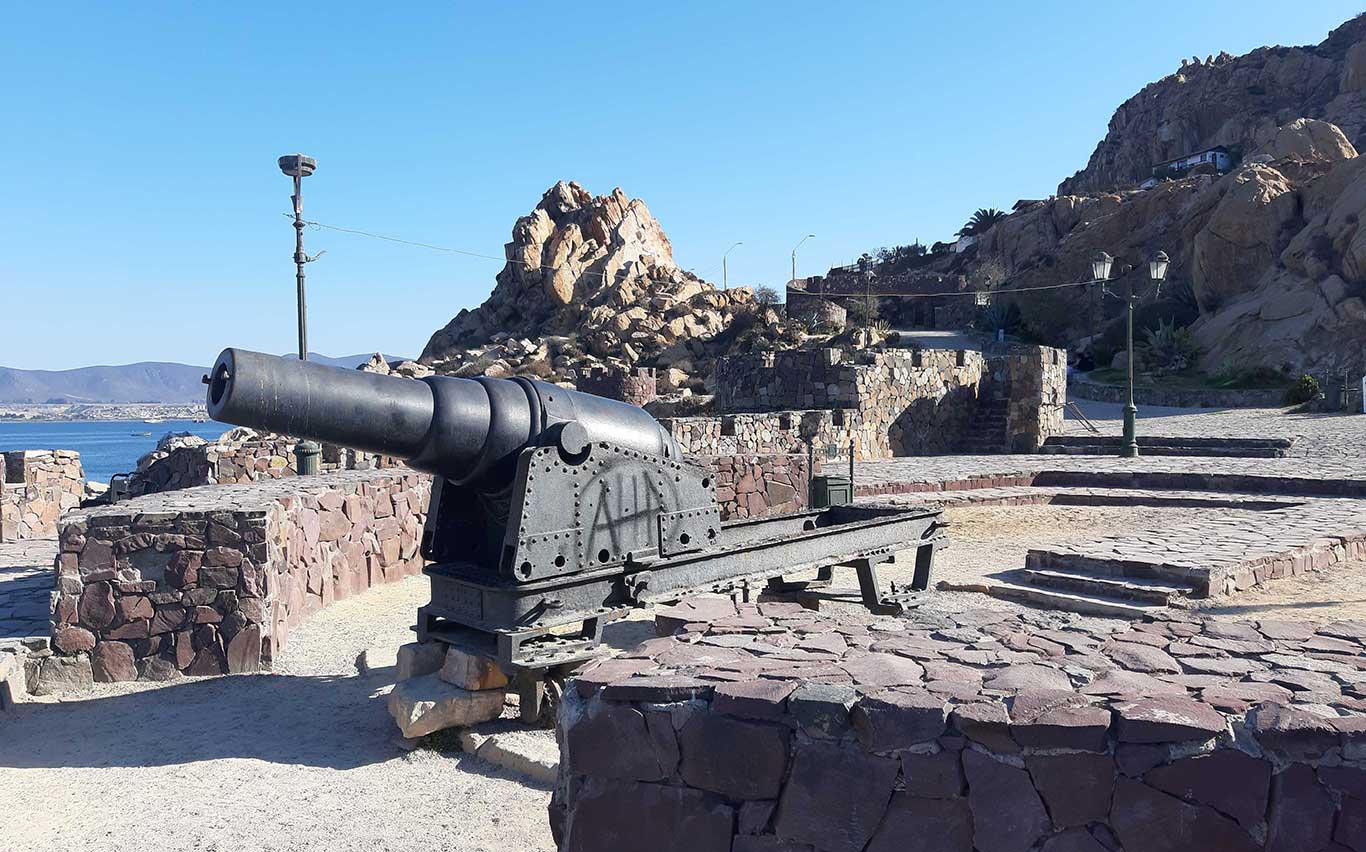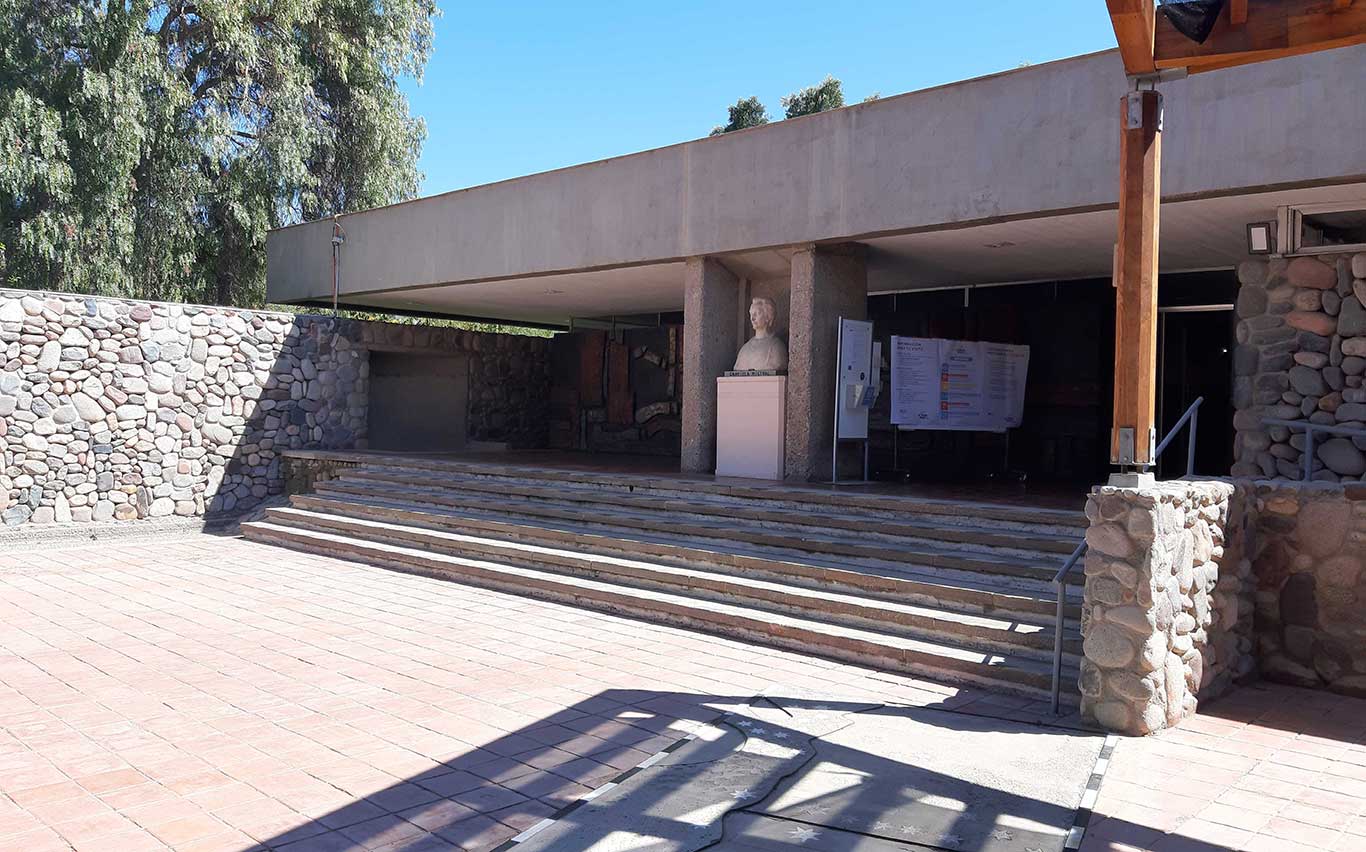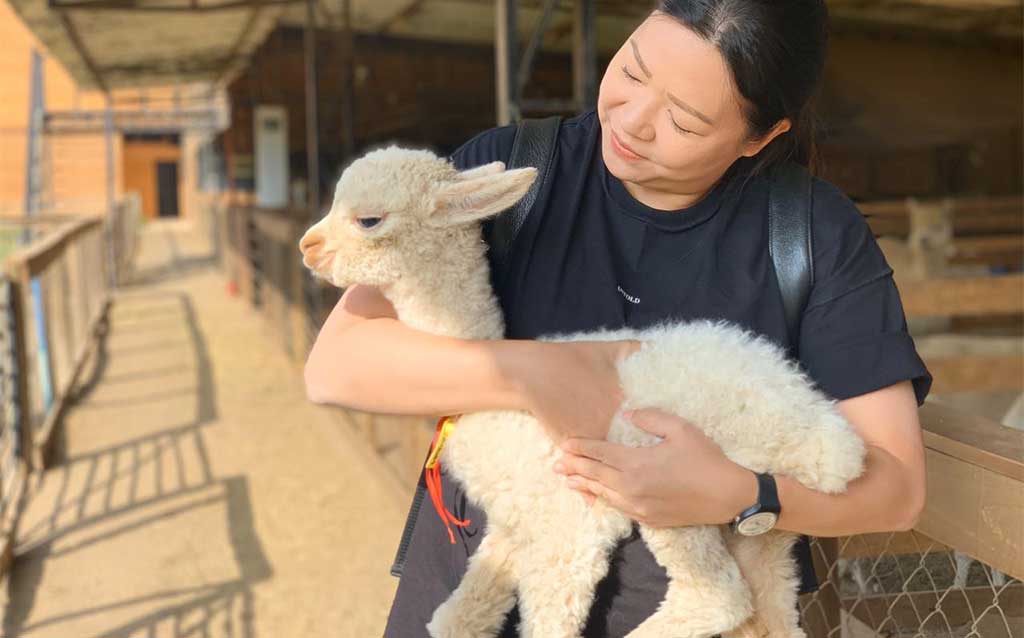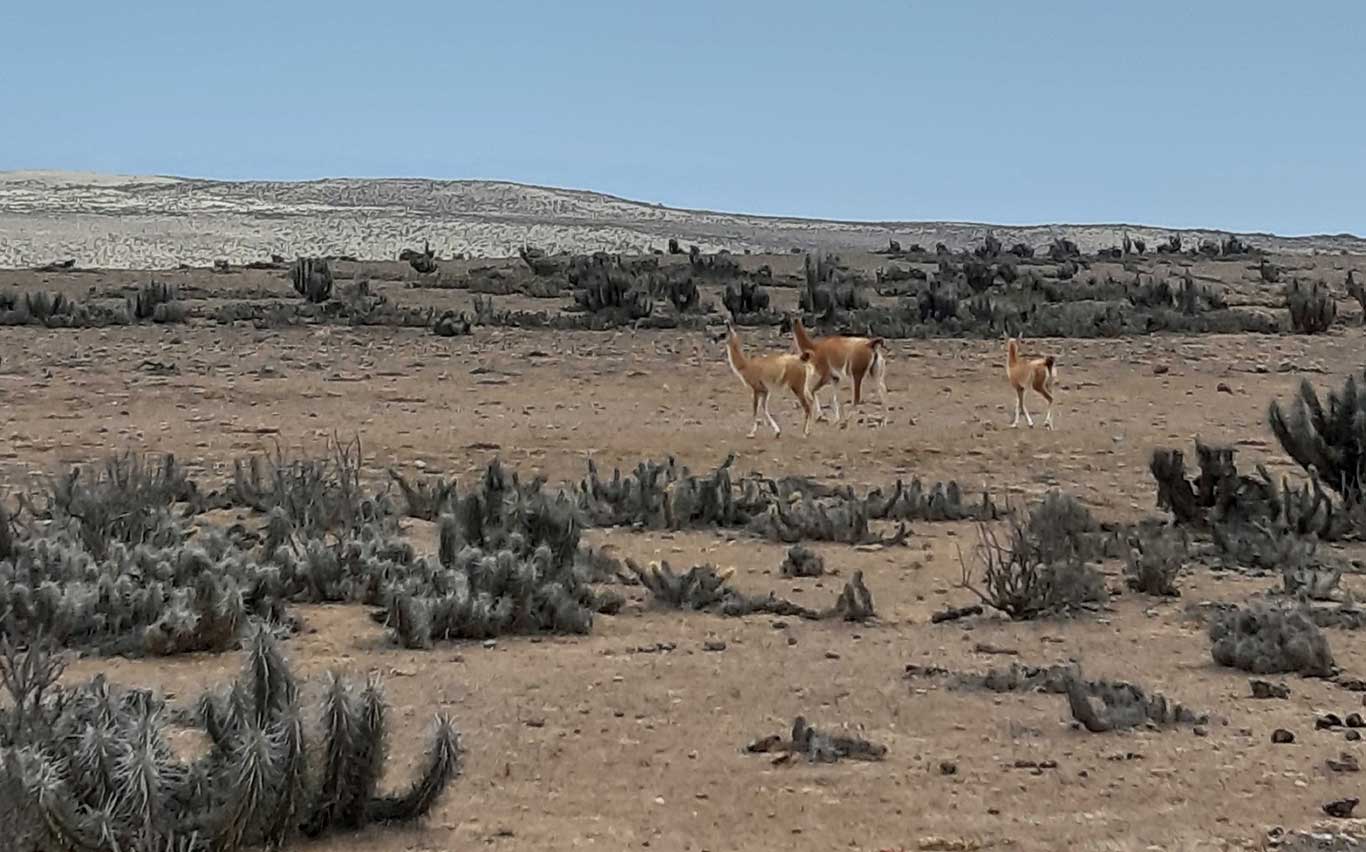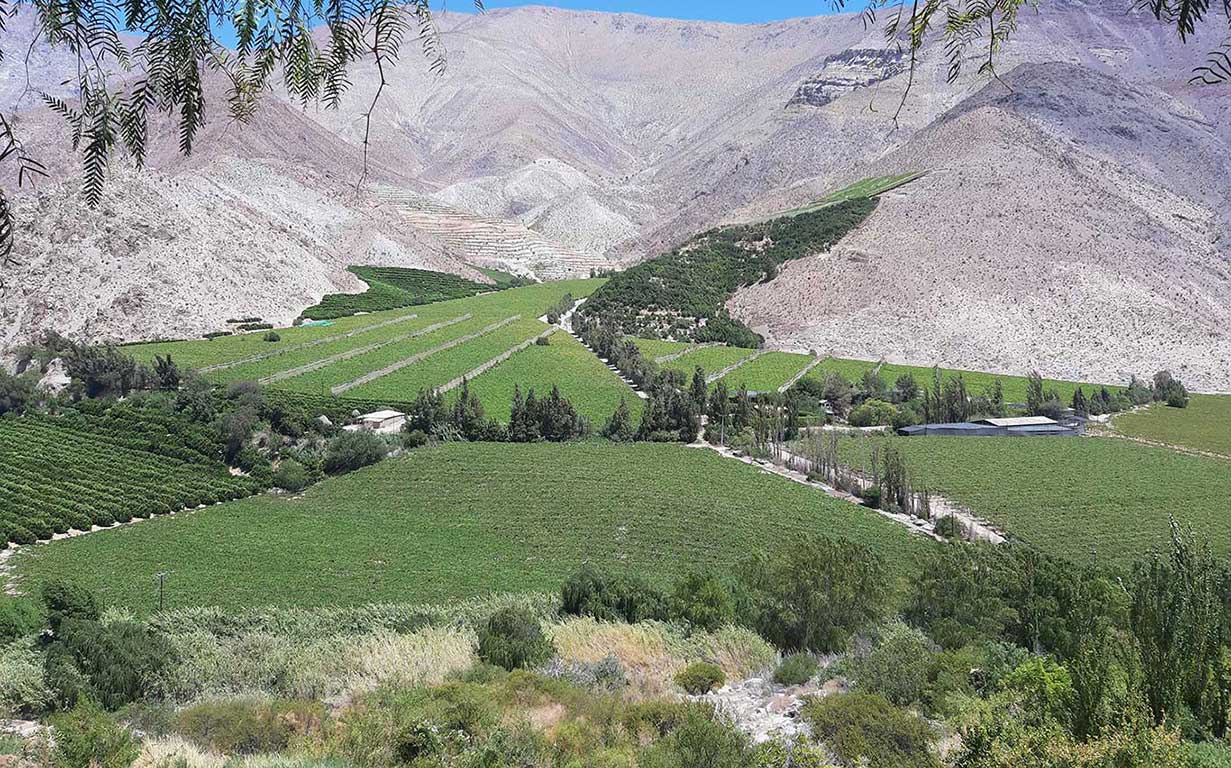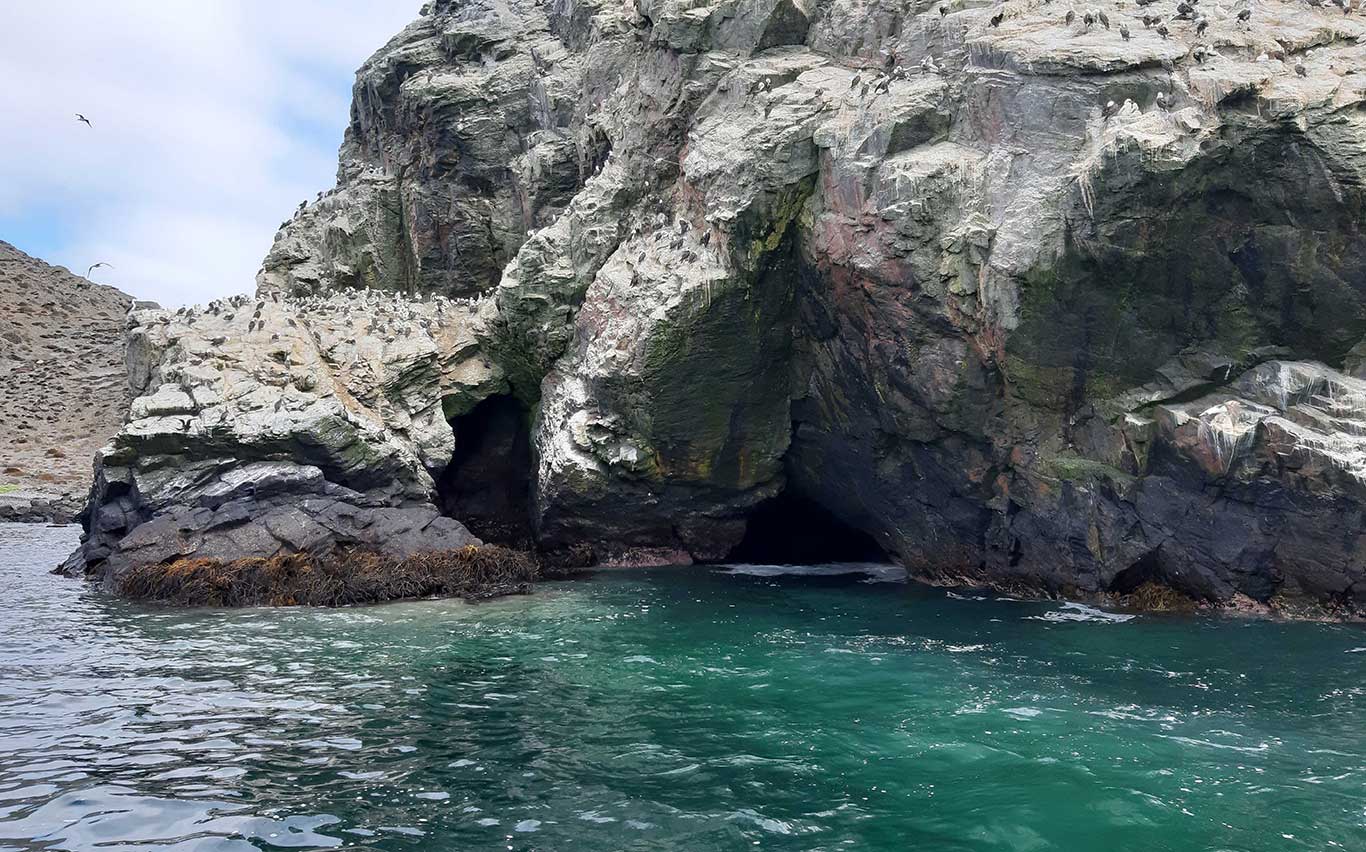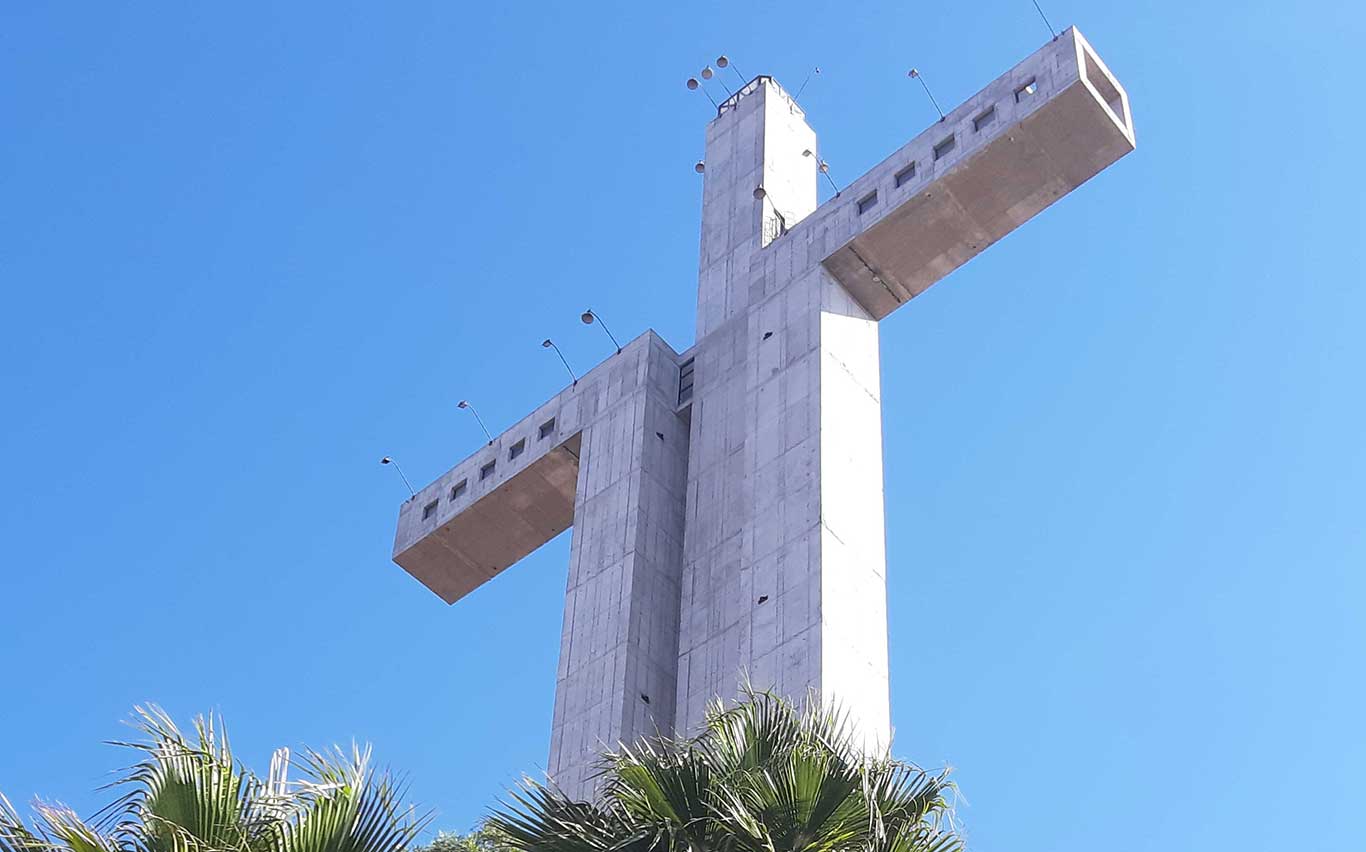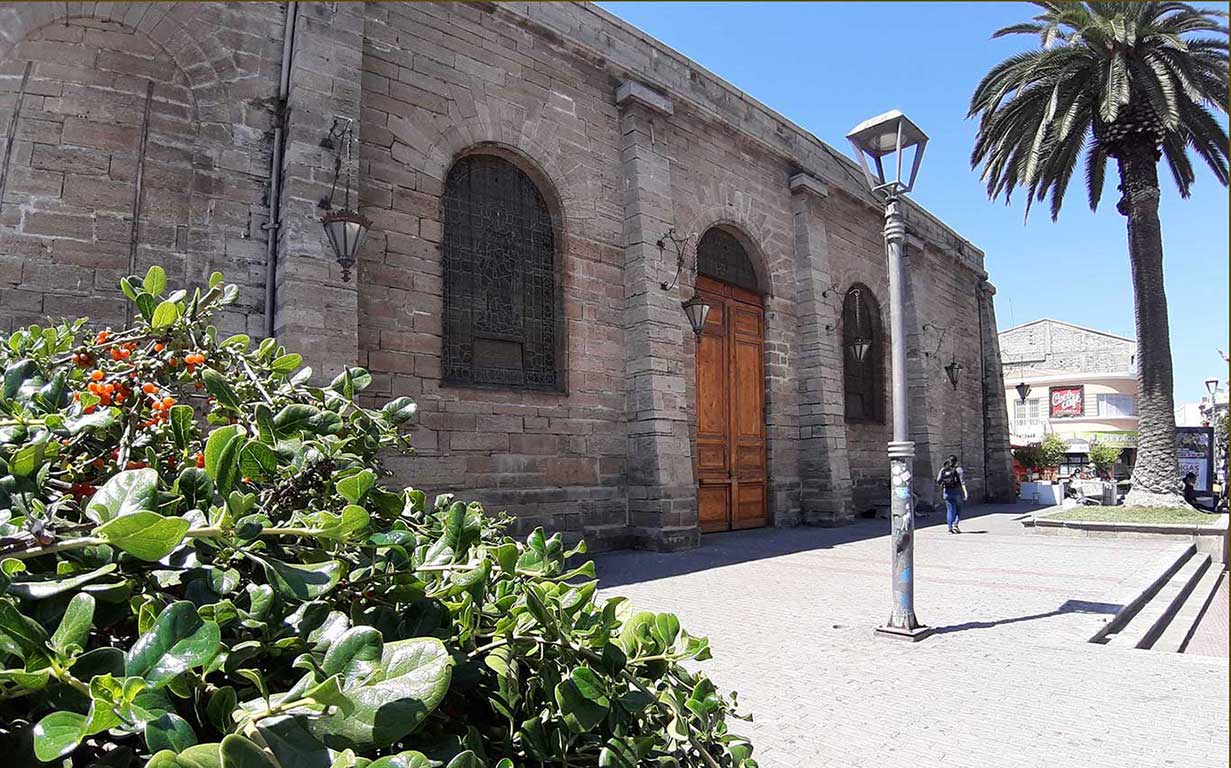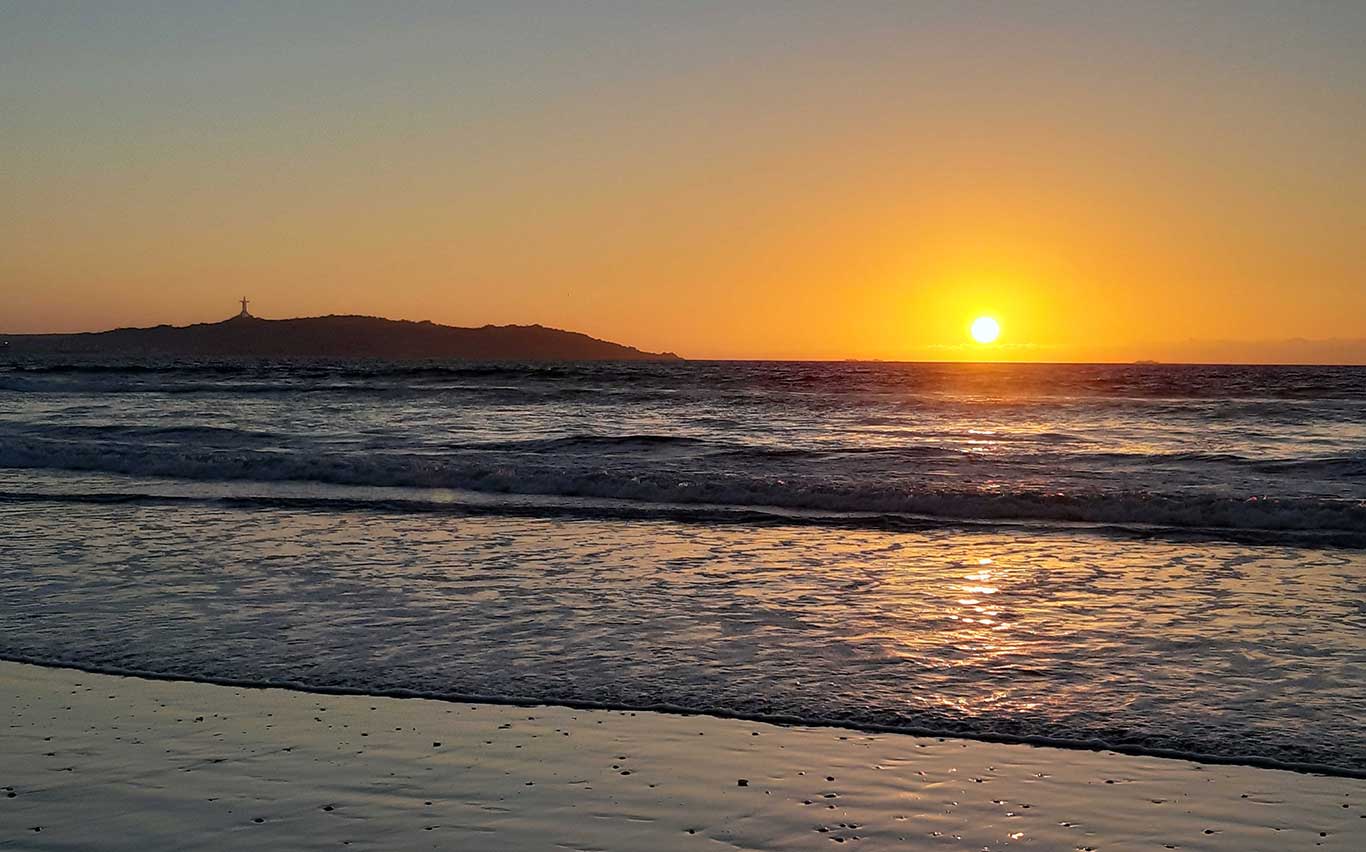Day #1
7:00 a.m. Hotel Pickup and Depart Santiago
9:00 a.m. Visit to Dulces de La Ligua (La Liguana) Pastry Shop in the town of La Ligua
After two hours of driving north on the Pan-American Highway, we will stop in the town of La Ligua, known for its traditional Chilean sweets sold at markets throughout the country and by vendors along the nation’s highways and toll plazas. We will visit the area’s most famous producer of these sweets, La Liguana. Here, you will actually see the making of these sweets and have a chance to prepare some yourself in an interactive baking experience.
As we continue north on the Pan-American Highway, we can also stop at the shrine to Chile’s Saint Alberto Hurtado in Puerto Oscuro and at a roadside look out point to take pictures of Los Cururos Wind Turbine Park.
12:00 p.m. Lunch at Fray Jorge Restaurant in the town of Barraza
2:00 p.m. Arrival in La Serena. Check in at hotel.
3:00 p.m. Free Afternoon. Optional time for relaxing on the beach or sightseeing around La Serena and Coquimbo
La Serena, Chile’s second-oldest city, was founded by Spanish conquistador Pedro de Valdivia in 1544, at the mouth of the Elqui River. However, the city was destroyed by Diaguita Indians only 4 years later. Valdivia ordered Captain Francisco de Aguirre to rebuild the coastal town at the same location, but it was destroyed again by British pirate Bartholomew Sharp in 1680, after a three-day rampage. The city once again was rebuilt only to be destroyed by the earthquake of 1730. Once again the city was rebuilt and began to thrive during the silver boom in the late 19th Century. Today, with a population of around 200,000, the city has become a popular tourist destination especially during summertime for its beaches, recreational activities, and music festival. La Serena is also the gateway to the Elqui Valley, known for its pisco distilleries and astronomical observatories.
You will have the afternoon free to relax around the hotel, go to the beach, or do some sightseeing around La Serena and Coquimbo.
If you choose to take a city tour, we will begin at the Jardín del Corazón Park, also known as the Japanese Park. The park was inaugurated in 1994 in celebration of the 450th Anniversary of the city’s founding. It was financed by mining companies from Chile and Japan and modeled after a traditional Japanese garden.
We will continue to the downtown section of the city and its Plaza de Armas, where we will pass the Cathedral built in 1844 by French architect Jean de Herbage. The bell tower was added at the turn of the 20th Century.
Then, we will pass by the oldest church in La Serena, Iglesia San Francisco, which has a baroque façade and thick stone walls. The exact date of the church’s construction is unknown, as the city’s archives were destroyed by pirates in 1680, but it is estimated that the structure was built sometime between 1585 and 1627.
We will visit the Archeological Museum of La Serena containing one of the world’s best collections of pre-colonial ceramics. (Museum is closed on Monday).
Afterwards, we will visit La Recova Market. Here you will find dried fruits from the Elqui Valley and a variety of handicrafts, including lapis lazuli jewelry. The Diaguita Indian ceramics and the trinkets made from combarbalita, the locally-mined marble-like rock, are particularly stunning. This is the perfect spot for souvenir shopping.
We will continue to the beach and stop at El Faro Monumental. The lighthouse was built in 1950 at the request of Chilean President Gabriel González Videla. It was managed by the Chilean Navy until 1986, when it was turned over to the city as a tourist attraction. In 2010, El Faro was declared a National Heritage Site.
We will next visit the neighboring port city of Coquimbo taking the coastal road, Avenida del Mar, passing by the Enjoy Casino.
The natural harbor in Coquimbo was taken over by Pedro de Valdivia in 1550. The gold and copper industry in the region led to the city’s importance as a port around 1840 and many Europeans especially from England settled in Coquimbo during the 19th Century. The city was on the main path of totality of the solar eclipse on July 2, 2019.
We will first stop at the Cruz del Tercer Milenio (Spanish for “Third Millennium Cross”), an 83-meter (272-feet) tall, 40-meter (131-feet) wide concrete cross located at the top of El Vigia Hill. Construction began in 1999 and it was completed in 2001. It sits 197 meters (646 feet) above sea level and is considered the tallest monument in South America.
The tour ends at Fort Lambert (also known as Fort Coquimbo), a 19th Century fort situated on the “Castillo del Carmen” hill at the northern end of Coquimbo bay. This part of the city is known as “Punta Pelícanos” (“Pelican Point”) because just off the coast there is a small island inhabited by pelicans. Fort Lambert no longer has an operational role militarily, but it is a popular tourist destination because of the views it provides across Coquimbo Bay.
Day #2
9:00 a.m. Tour to Humboldt Penguin National Reserve and Isla Damas
After the one-and-a-half hour drive, where along the way we may spot wild guanacos and other wildlife, we arrive at the small fishing village of Punta de Choros. Here, we will take a boat ride to Isla Choros. You will be able to appreciate a diverse fauna, including Humboldt penguins. We may also see sea lions, a great variety of bird species, dolphins and, on a lucky day, whales. Then, we sail to Isla Damas, an area of white sand beaches and crystal clear waters where you will be able to disembark the boat and walk its numerous trails. The total duration of the tour is approximately three hours, including one hour on Isla Damas.
Note: The best time for viewing penguins is from November to March.
2:30 p.m. Lunch in Punta de Choros
5:00 p.m. Arrival in La Serena
Day #3
Elqui Valley: Pisco, Wine and Stars
The Elqui Valley is nicknamed “Enchantment Valley”. Situated in the Coquimbo Region that forms the narrowest part of Chile where the Andes Mountain range runs closer to the Pacific Ocean than anywhere else in the country, the region lies 400 km (250 mi) north of Santiago, at the southern end of the Atacama Desert in the Coquimbo Province. It is known for producing table grapes and other fruits, as well as pisco brandy, Chile’s most popular liquor. It is considered the most commercially viable wine-producing region of northern Chile.
The region’s vineyards extend from the Pacific Ocean in the west to the Andes Mountains in the east, and rise to an elevation of 2,000 meters (6,500 feet) above sea level. Wine production began in the Elqui Valley in the 1990s when Chilean wine producers began to look at potential viticulture sites outside Chile’s Central Valley.
This streak of green in arid northern Chile wiggles inland from the Pacific near the nation’s second-oldest city, La Serena. Historically the domain of agriculturists, it is now increasingly visited by people with a different interest: Astronomy.
In 2020, this grape-filled valley (along with the greater Atacama desert) reached an estimated 70% of the world’s astronomy infrastructure, thanks to its high altitudes, low population density and near non-existent cloud cover. As more scientists come to Elqui’s space-age facilities so do astro-tourists in the hope of gazing at the heavens.
The Elqui Valley was selected by Lonely Planet as one of the 10 best regions in the world to visit in 2020.
9:00 a.m. Depart Hotel
9:30 a.m. Stop at Saturno Fruit Company / Papaya Plantation
A lot of fruit trees grow in this fertile valley, such as peaches, apricots, figs, and avocados. Traditionally the fruits were dried to preserve them and through today the dried fruits of the Elqui Valley are a specialty known all over the country. Due to the special micro-climate of the valley you can even find exotic fruits here, like papayas and chirimoyas. Other typical products are marmalades, syrups, juices and sweets – all homemade with traditional recipes. The local herbs are used for cooking and for healing purposes, including teas, spices and herb cushions.
We will first stop at a papaya grove. Chilean papaya is the culinary jewel of the Elqui Valley. The great location with a Mediterranean climate all year long, makes it the perfect area to grow Chilean papaya. This particular papaya is not the same as the one that grows in the Caribbean region. This species of papaya is unique to this area. It has a yellow color and its pulp is very delicate, juicy and fluffy. Chilean papaya produced in the Elqui Valley cannot be eaten raw. The fruit has to be processed, in order to be consumed. In Elqui Valley, you can find many interesting and delicious products made of Chilean papaya. You will get to see the plantation where the trees grow and then have a sample of papaya juice at the shop on the premises.
11:00 a.m. Puclaro Dam & Reservoir
Just after the town of El Molle, we will stop at the teal-blue Puclaro Reservoir, an artificial lake created in 2000 by damming the Elqui River. You will have a chance to walk on top of the dam for panoramic views of the reservoir and surrounding mountains.
After leaving the dam, as we drive towards the village of Vicuña, you will see the Cerro Tololo Inter-American Observatory (CTIO), at an altitude of 2,200 meters (7,200 feet).
Many say “magic becomes reality” in the Elqui Valley not only because of the beauty, weather, and clear skies but also because it is home to many “esoteric and extraterrestrial phenomena”. Its skies are the clearest in the Southern Hemisphere, which is why international organizations established astronomical observatories on the summits of Tololo and Pachón Hills. Considered a “power pole” the valley is associated with UFO phenomena.
11:30 a.m. Visit to Gabriela Mistral Museum in the town of Vicuña
This Museum is devoted to the life of one of the two Chilean poets to have won the Nobel Prize for Literature. In 1945, she became the first Latin American, and still the only Latin American woman, to win this honor.
Gabriela Mistral was born in the town of Vicuña in 1889. The child of a teacher and a dressmaker mother, she herself became a teacher but soon also began to write the poems that were to make her famous.
The museum opened in 1957, but its origins date back to 1935 when a group of prominent local residents, led by the Mayor of Vicuña, agreed to create a Gabriela Mistral Cultural Center. When its public library opened a year later, Gabriela Mistral herself donated over 900 books from her personal library.
The current museum, inaugurated in 1971, was built on the site of the house where Gabriela Mistral born. There is a replica of this adobe house.
The museum’s first collection was comprised principally of objects and portraits gathered by the poet’s sister, Emelinda Molina. Since then, other donations have significantly extended its collections. Of particular importance was the donation made in 2007 by Doris Atkinson, the niece of Doris Dana, Gabriela Mistral’s friend and the executor of her will. This included the books Mistral had kept until her death in the United States in 1957 as well as documents, photographs and personal objects.
In addition to original manuscripts, unpublished typewritten documents and unfinished works, the museum holds letters written by the poet. Other exhibits include her prizes, furniture she used as a teacher and during her diplomatic career and photographs of her last visit to Chile in 1954.
There is a diagonal line that cuts across the museum’s premises, in the direction of Mistral’s tomb higher up the Elqui Valley in Montegrande. It represents Chile (as a long thin country), the Elqui Valley (as a zigzag groove) and Mistral (pain understood as a scar on the soul).
12:15 p.m. Lunch at Delicias del Sol Restaurant in the town of Villaseca
This is the first restaurant in the world to cook entirely with solar energy.
2:00 p.m. Cavas del Valle Wine Vineyard in the town of Montegrande
This boutique winery is run by a retired couple, Raymundo Piraces and Marlies Duerr, in a delightful, tasteful and elegant manner. It is unique for several reasons. First, it is the northernmost vineyard in Chile (that means the winery with the strongest sun). It is also the winery at the highest altitude in Chile, located (1,080 meters or 3,500 feet above sea level). Cavas del Valle operates inside an old “adobe” building that has been lovingly restored and filled with modern art pieces.
3:00 p.m. Visit to Los Nichos Pisco Distillery in the town of Pisco Elqui
Pisco Elqui is a tiny village in the mountains with about four streets. Everything is pretty much situated around the Plaza de Armas, which includes a beautiful blue wooden church, Our Lady of the Rosary (Iglesia Nuestra Señora de Rosario), and a fountain. There are also a few craft shops and lots of benches for sitting under the trees and relaxing. On one end of the plaza is the famous distillery, Pisco Mistral. Pisco Elqui, once known as La Unión, is a pisco-producing village, perched on a sun-drenched hillside. In 1939, Former President and then-Congressman, Gabriel González Videla, renamed the village in a shrewd maneuver to ensure that Peru would not gain exclusive rights over the term “pisco”.
Pisco is a brandy produced in the winemaking regions of Peru and Chile. Pisco production is an art and involves distilling grape wine into a high-proof spirit. The Chilean government regulates the process to ensure quality pisco. Chileans consume most of the pisco produced. Spanish settlers developed pisco in the 16th century as an alternative to brandy imported from Spain.
Distilled from Muscat grapes grown in the sunbaked valleys of Chile’s “Norte Chico”, pisco is indisputably Chile’s national drink. This fruity, aromatic brandy is enjoyed in Chile in large quantities – most commonly in a delightful cocktail known as “pisco sour”, which consists of pisco, lemon juice and sugar. A few drops of bitters on top is optional. Some bars step it up a notch by adding whipped egg white to give the drink a frothy head. Another concoction made with the brandy is “piscola” – the choice of many party-goers – which is simply pisco mixed with cola. Tea with a shot of pisco is the Chilean answer to the common cold, and it may just do the trick to relieve a headache or stuffy nose.
Chileans have enjoyed pisco, which takes its name from pisku, the Inca Quechua word for “flying bird” for more than 400 years. The drink, likely originated in Peru, has become a source of rivalry between the two nations. Both countries claim to have the better pisco.
The distillation process has changed little in the past four centuries. The fermented wine is boiled in copper stills, and the vapors are then condensed and aged in oak barrels for three to six months. Pisco makers call the aging process “resting”. The result is a fruity but potent brandy between 30% and 50% alcohol.
Los Nichos Distillery is the oldest pisco producer in Chile still operating. It was founded in 1868. You will see the entire process of pisco production, from harvest to bottling. They also make a sweet wine.
4:00 p.m. Visit to Pisco Mistral in the town of Pisco Elqui
Mistral is a brand of Chilean pisco owned by Compañía de Cervecerías Unidas (CCU). The brand takes its name from the Chilean Nobel Literature Laureate Gabriela Mistral who was a native of the Elqui Valley where pisco grapes are grown. Mistral is recognized for its exceptional flavor, color and aroma, and also for its elegant presentation. Discover the characteristics that distinguish and highlight the qualities of Pisco Mistral in each of its versions.
6:00 p.m. Visit to the Capel Cooperative Tourist Center
The Capel Cooperative Tourist Center has come to position itself as one of the main attractions of the Elqui Valley. With a particularly extensive infrastructure, this place is ideal for guided tours where it will be possible to learn about the entire pisco production process. It houses the first Pisco museum in Chile, in which it is possible to learn about the history of this spirit.
7:15 p.m. Dinner at the Plaza in Vicuña
8:30 p.m. Mamalluca Observatory
The Elqui Valley is one of the most visited places for stargazing in Chile and around the world. People from across the globe travel to the Elqui Valley to visit the astronomical observatories in Vicuña.
Operational since 1998, Mamalluca is the first astro-turistic observatory built in Chile and it is the most visited in the world (60 thousand annual visitors). Located on a mountaintop, it has a large observation terrace equipped with 12, 16 and 17-inch telescopes and a dome with a 16-inch digital instrument. Inside the observatory there is a scientific telescope linked to a worldwide network to study space debris and other astronomical topics.
10:30 p.m. Depart Observatory
11:45 p.m. Arrival at Hotel in La Serena
Day #4
9:00 a.m. Hotel Check Out and Depart La Serena
2:00 p.m. Visit to Quintessence Alpacas in the town of Llay Llay
We will stop at the largest privately-owned alpaca farm in Chile. Indulge in nature and discover alpacas up close. You will see the entire alpaca wool production process and enjoy a broad selection of exclusive creations and handmade alpaca wool items that portray the patrimony and spirit of the Andean culture, which is the World of the Alpacas.
5:00 p.m. Arrival in Santiago. Hotel Drop Off.
Please note:
(1) The order of sites visited may vary.
(2) If you are prone to motion or altitude sickness, we recommend that you take preventive medication for these ailments prior to departing on this tour. If you are prone to sea sickness, we recommend you also take medication prior to embarking on the boat ride tour to the Humboldt Penguin National Reserve in Punta de Choros.
(3) Although this is a private tour with your own vehicle and guide, there may be other visitors joining you at the various activities, including the boat ride to Isla Damas, tastings at the pisco distilleries and winery, the observatory tour and visit to the alpaca farm.
(4) During the Chilean summer vacation months of January and February, the region is particularly crowded. There may be waiting times to enter the vineyards and other points-of-interest. Although we do our best to make reservations, some attractions only accept visitors on a first-come, first-served basis. We appreciate your patience.
(5) Penguin sightings at the Humboldt Penguin National Reserve in Punta de Choros are most common from November to March when they nest and care for their newborns. Please be aware that during the remaining months it may not be possible to see the penguins as they are out at sea feeding.
